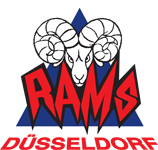Inline skater hockey
Inline skater hockey
Inline skater hockey is a technically demanding team sport that is played on inline skates and with a ball. The sport combines elements from different types of hockey, but develops its own dynamic based on an independent set of rules and clear structural guidelines. In many European countries, inline skate hockey has established itself as an integral part of organised club sport.
Playing field and playing conditions
The game takes place on a level playing field surrounded by boards. The size of the pitch varies between 40×20 metres (minimum size) and 60×30 metres (maximum size) in accordance with international regulations. The floor usually consists of a smooth sports hall surface, but can also be played on specially prepared outdoor surfaces.
The game is played with a plastic ball, which can have different degrees of hardness depending on the temperature. The players wear inline skates, not ice hockey skates. The protective equipment is comparable to ice hockey, as body checks are also permitted. This includes a helmet with grille, gloves, shin guards, groin guards and upper body and elbow protection.
Playing system and rules
A team consists of a maximum of 18 players (16 outfield players and 2 goalkeepers), with four outfield players and one goalkeeper on the pitch at the same time. Substitutions are made on the fly, i.e. without interrupting play. A game is usually divided into three thirds of 20 minutes each, whereby the actual playing time depends on the level of play and the respective tournament or league regulations.
The rules are internationally standardised and differ significantly from related sports such as ice hockey or inline hockey in several respects. The focus is on technique, spatial distribution and understanding the game. Fouls and rule violations are penalised with time penalties (e.g. 2-minute penalties).
Structure and game operations
Inline skater hockey is organised in leagues with promotion and relegation rules in many countries. There are also cup competitions and national championships. Internationally, club teams are brought together in various age groups and performance levels as part of European Cups. National teams also compete in official European championships.
The sport is accessible to all age groups – starting with Bambini teams from around 4 years old right through to the senior sector. Many clubs systematically work with young talent and offer age-appropriate training with qualified coaches.
Social structure and club life
Inline skater hockey is strongly anchored in voluntary work. The sport thrives on committed coaches, referees, officials and parents who help to shape club life. The club structures are often family-orientated, which creates a stable sporting environment, especially for young players.
Conclusion
Inline skater hockey is a modern, clearly structured team sport that combines speed, technique and tactical thinking at a high level. The mixture of competition, fairness and community makes it particularly attractive – both for ambitious athletes and for newcomers interested in the sport. Thanks to a binding set of international rules and well-organised match operations, the sport offers a reliable environment for continuous development at club and association level.
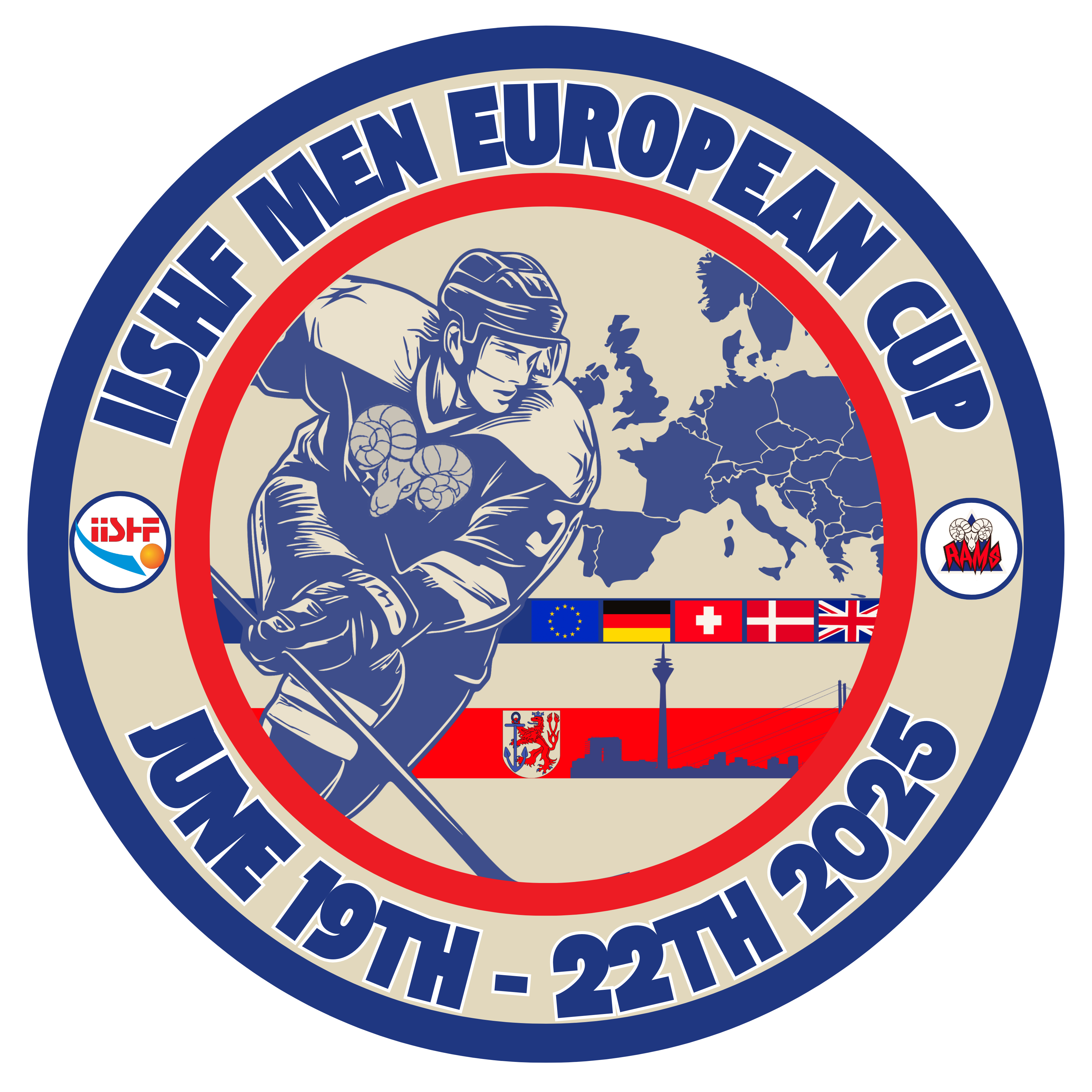

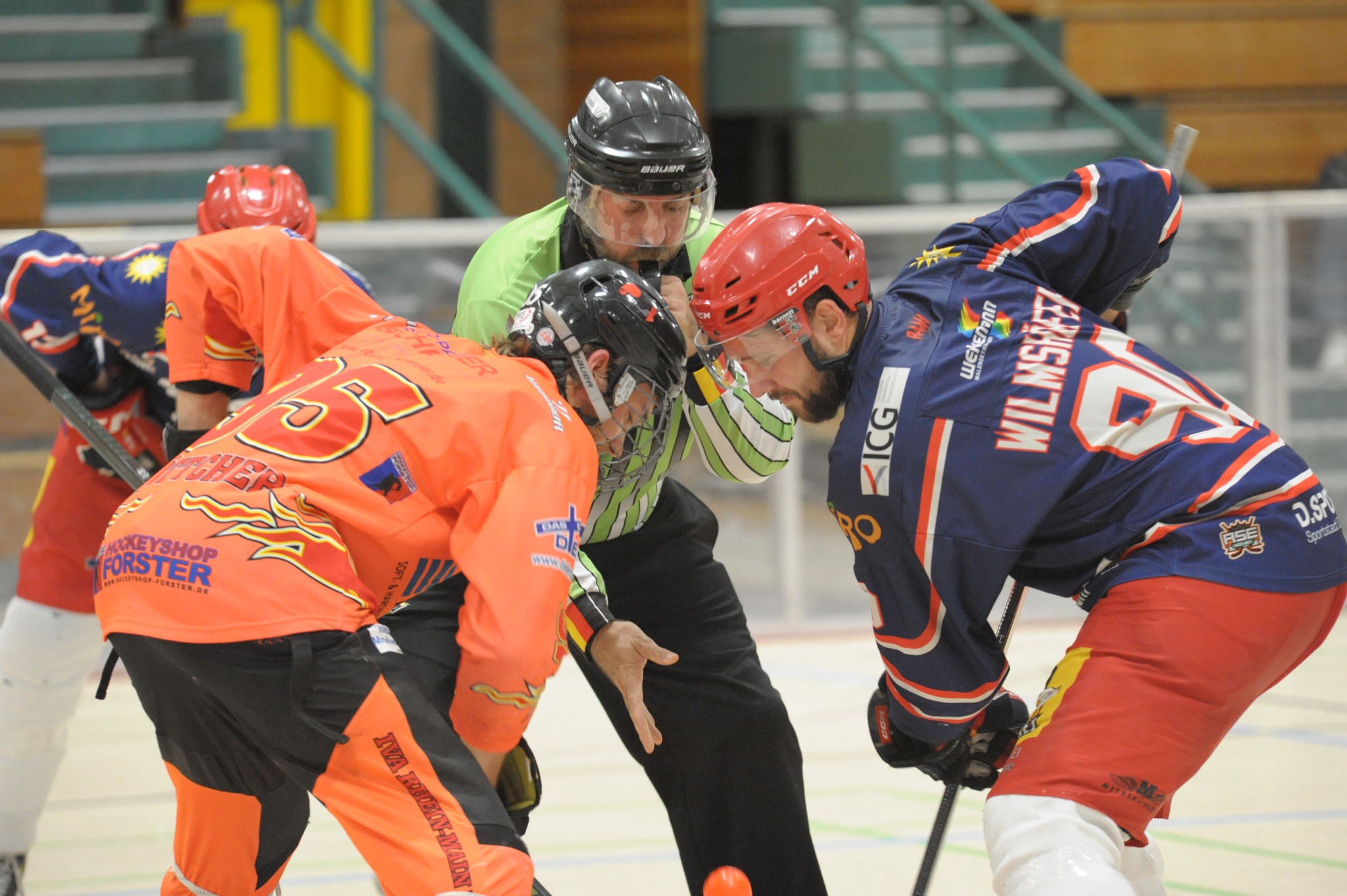
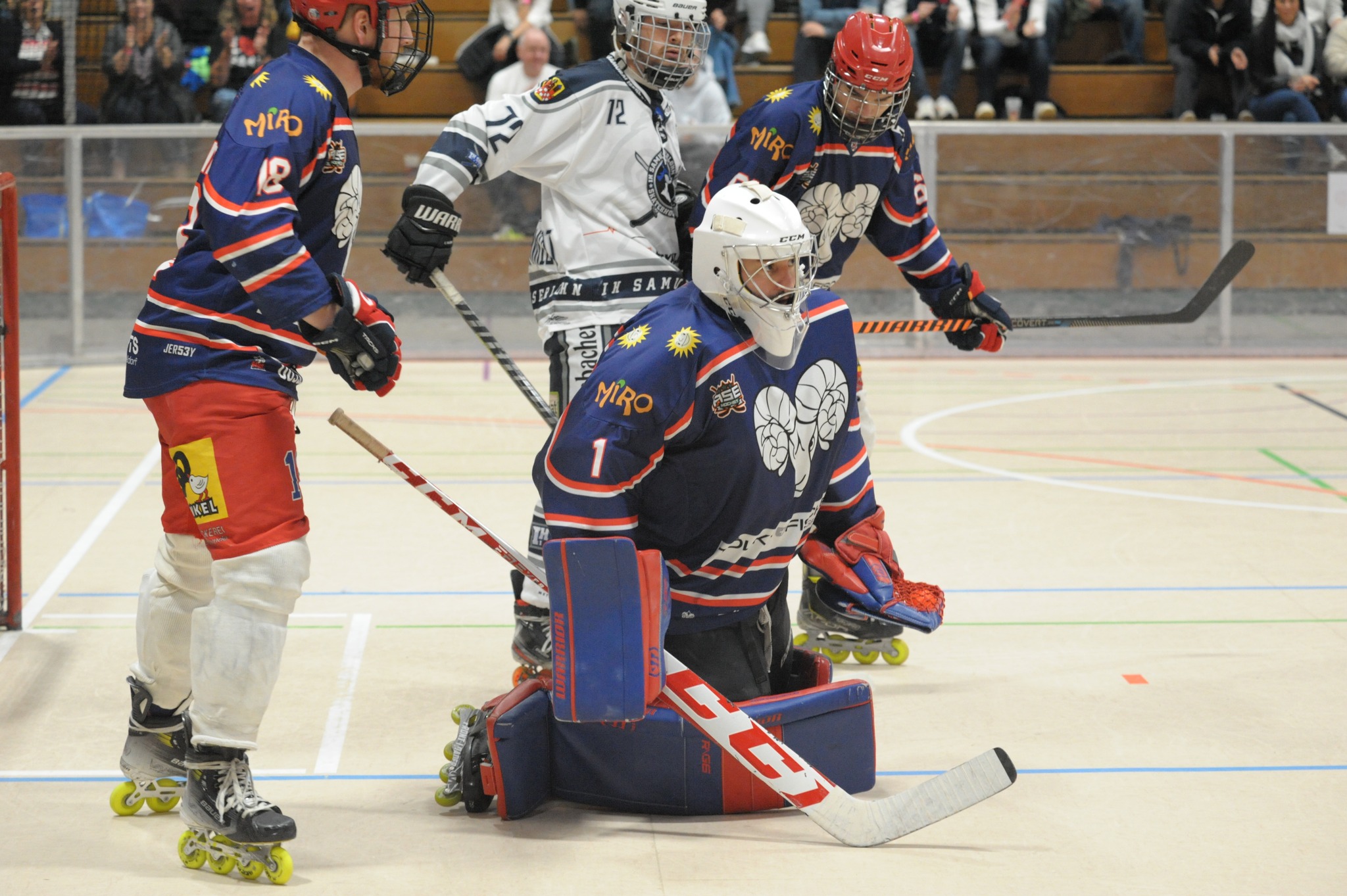
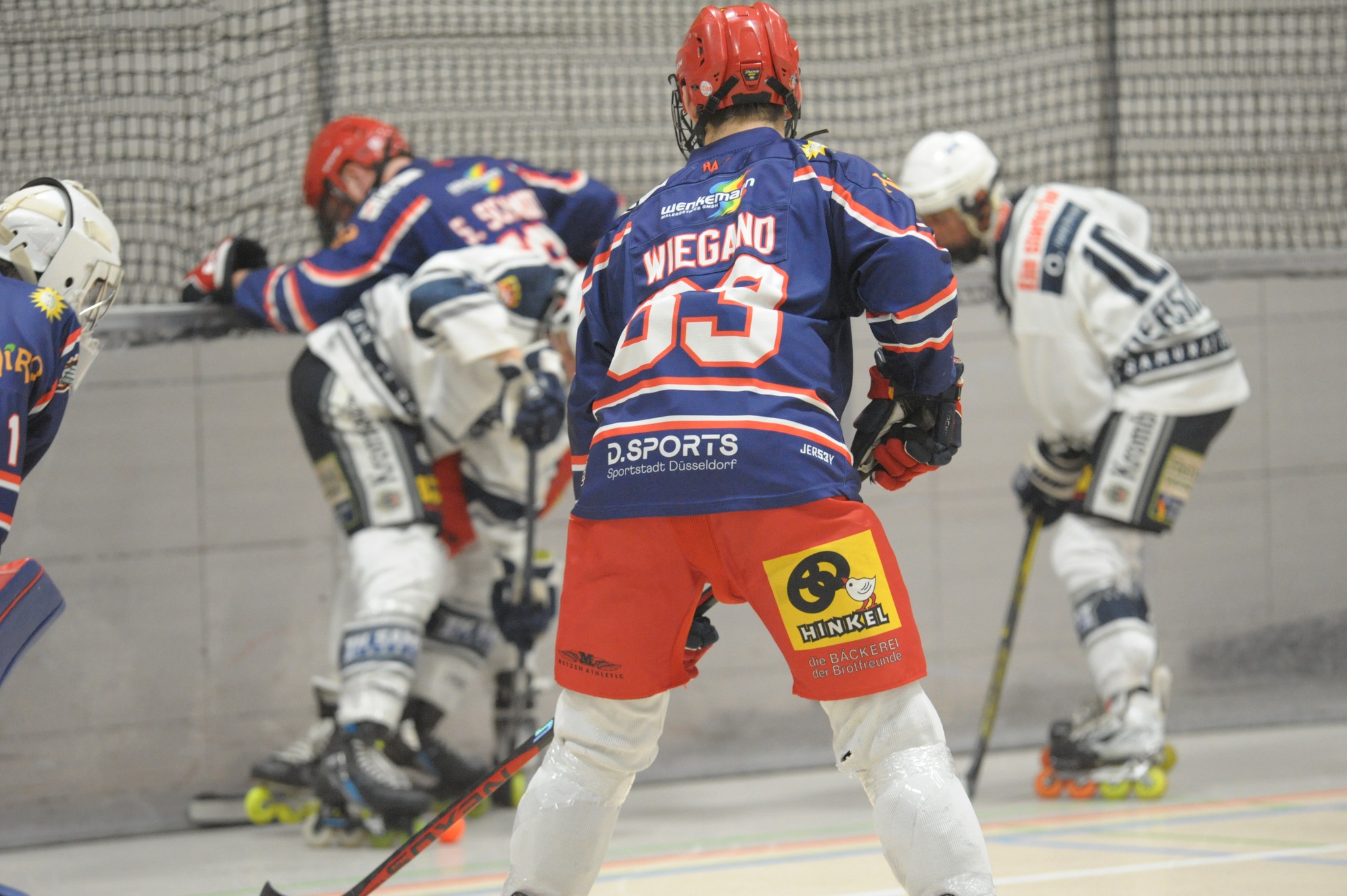
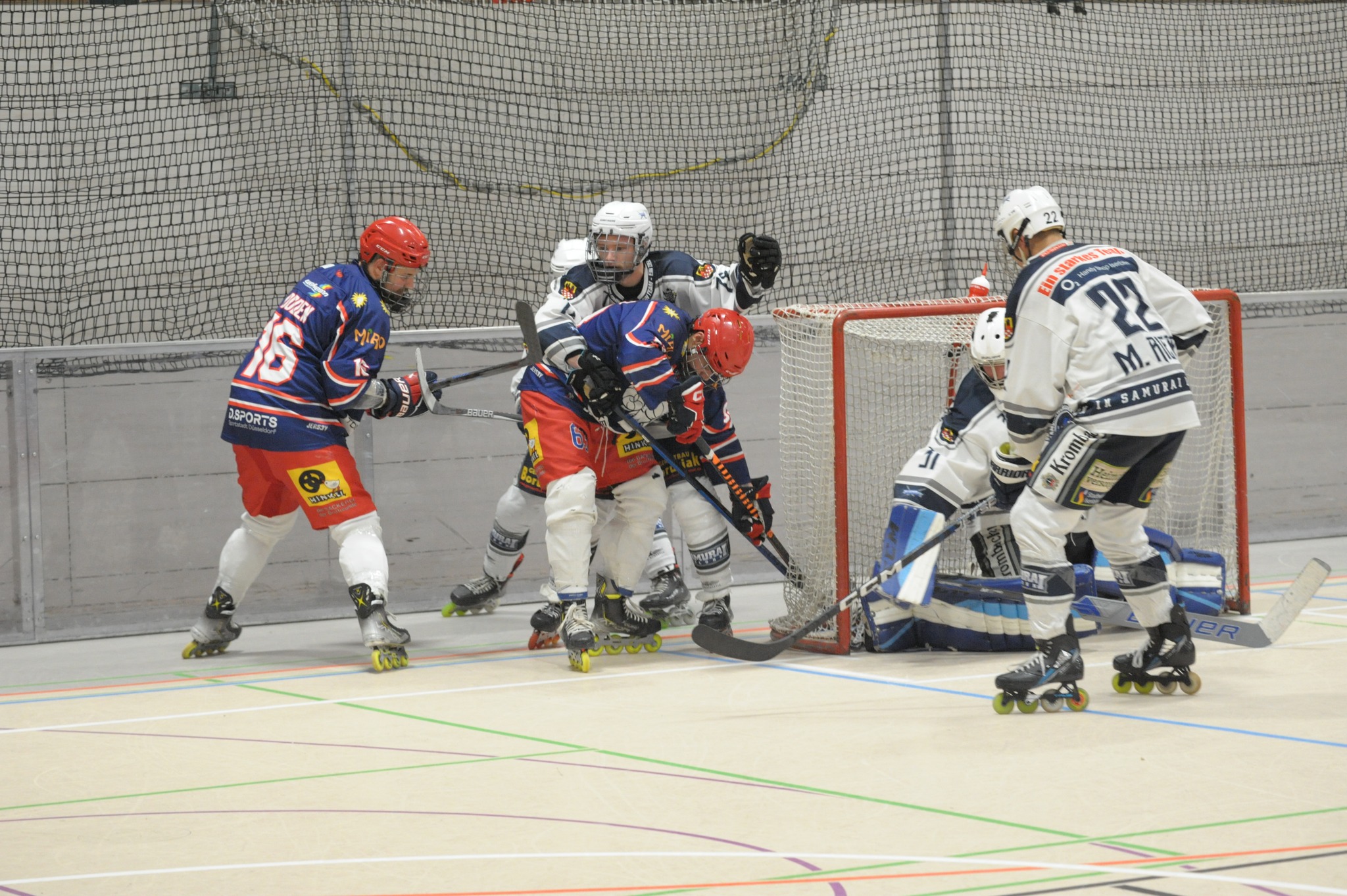
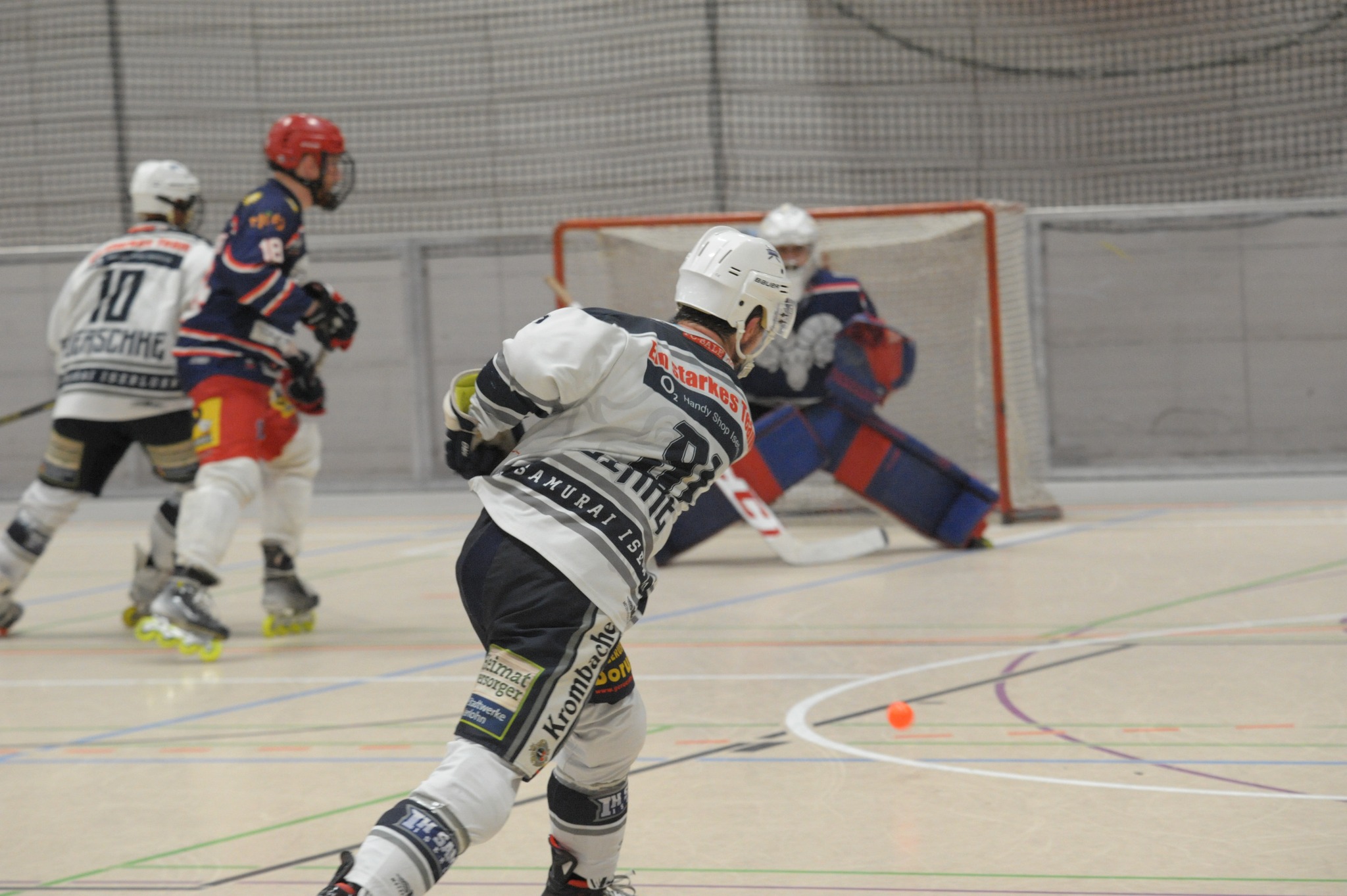
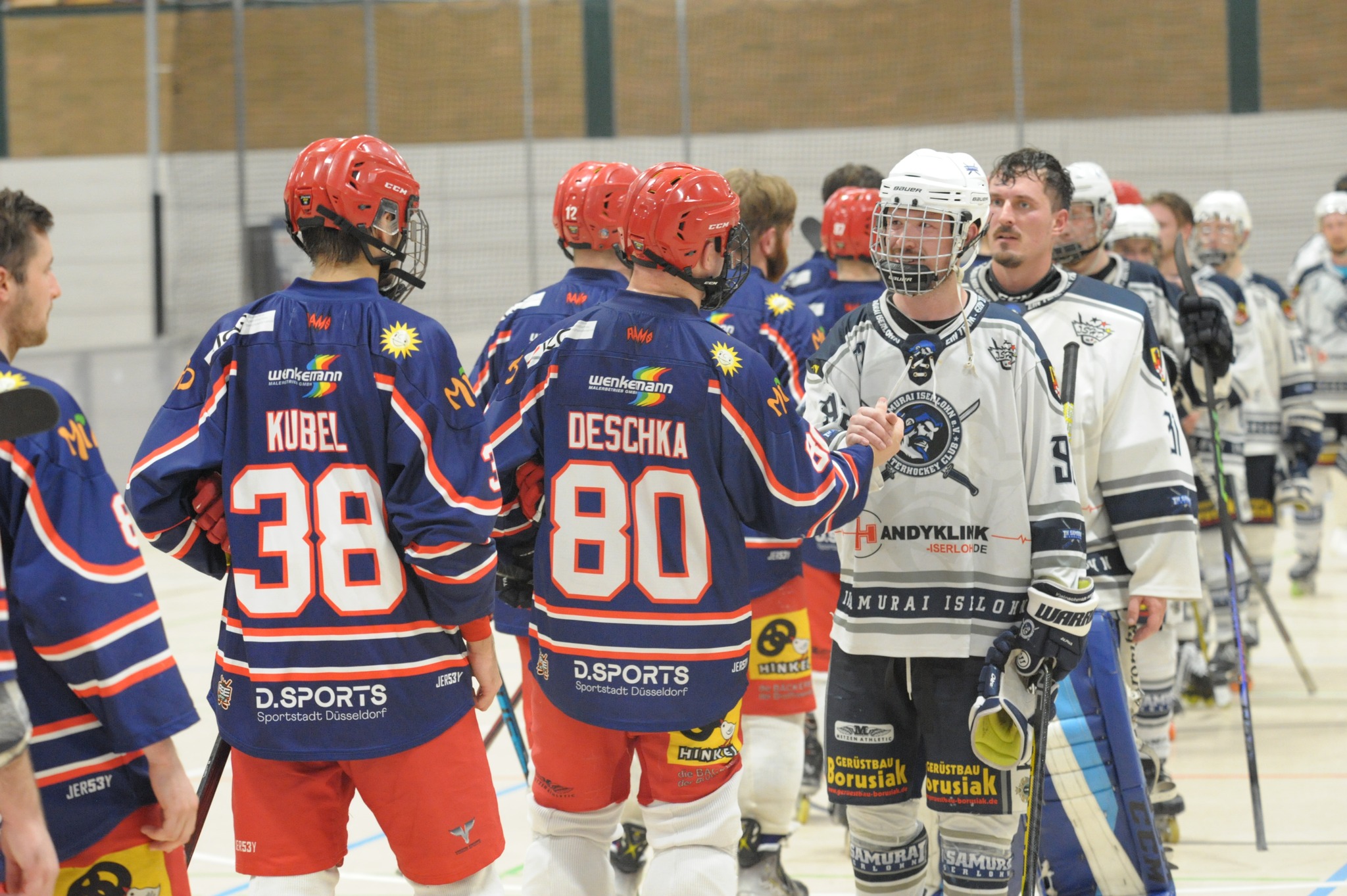

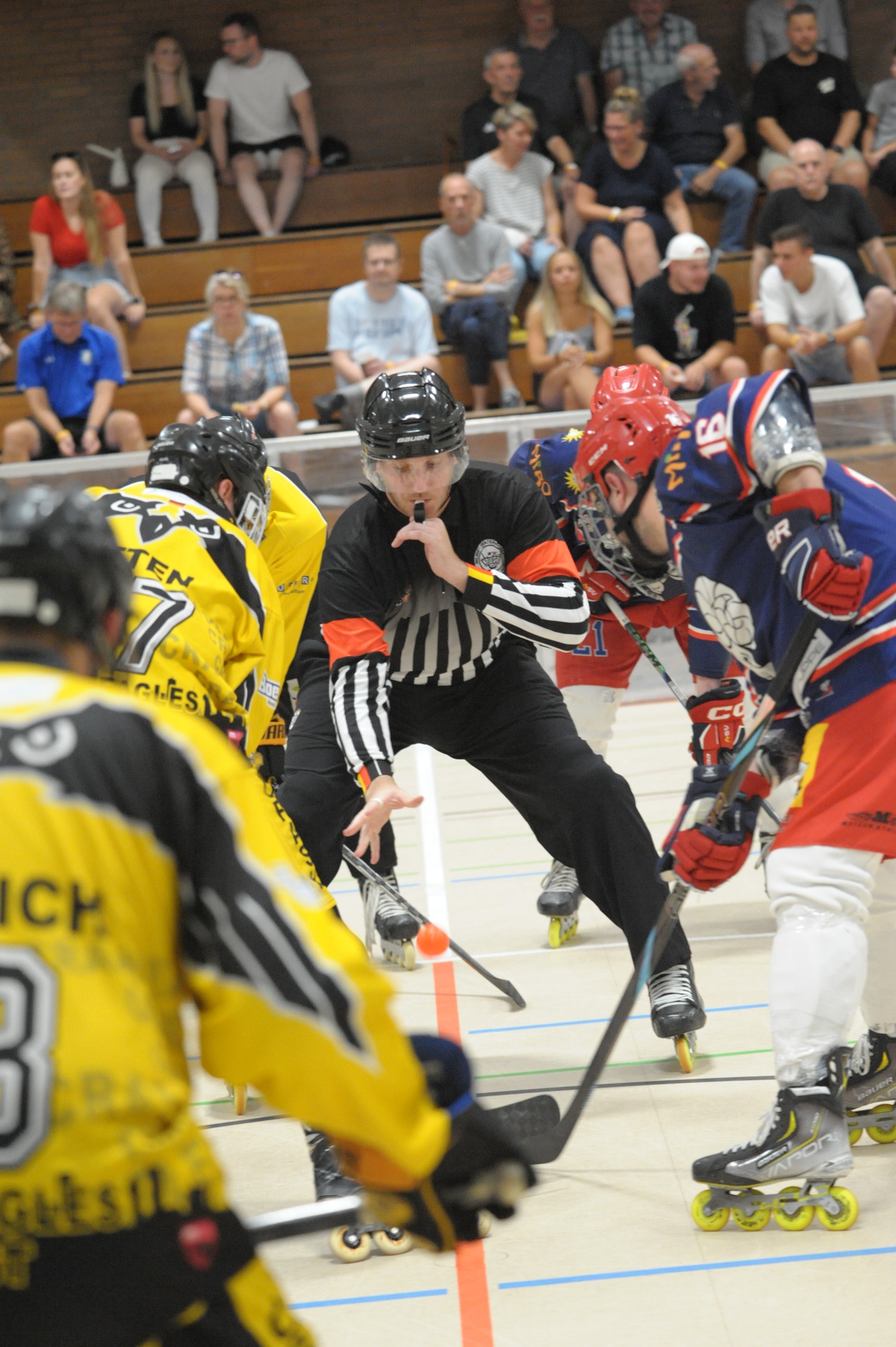
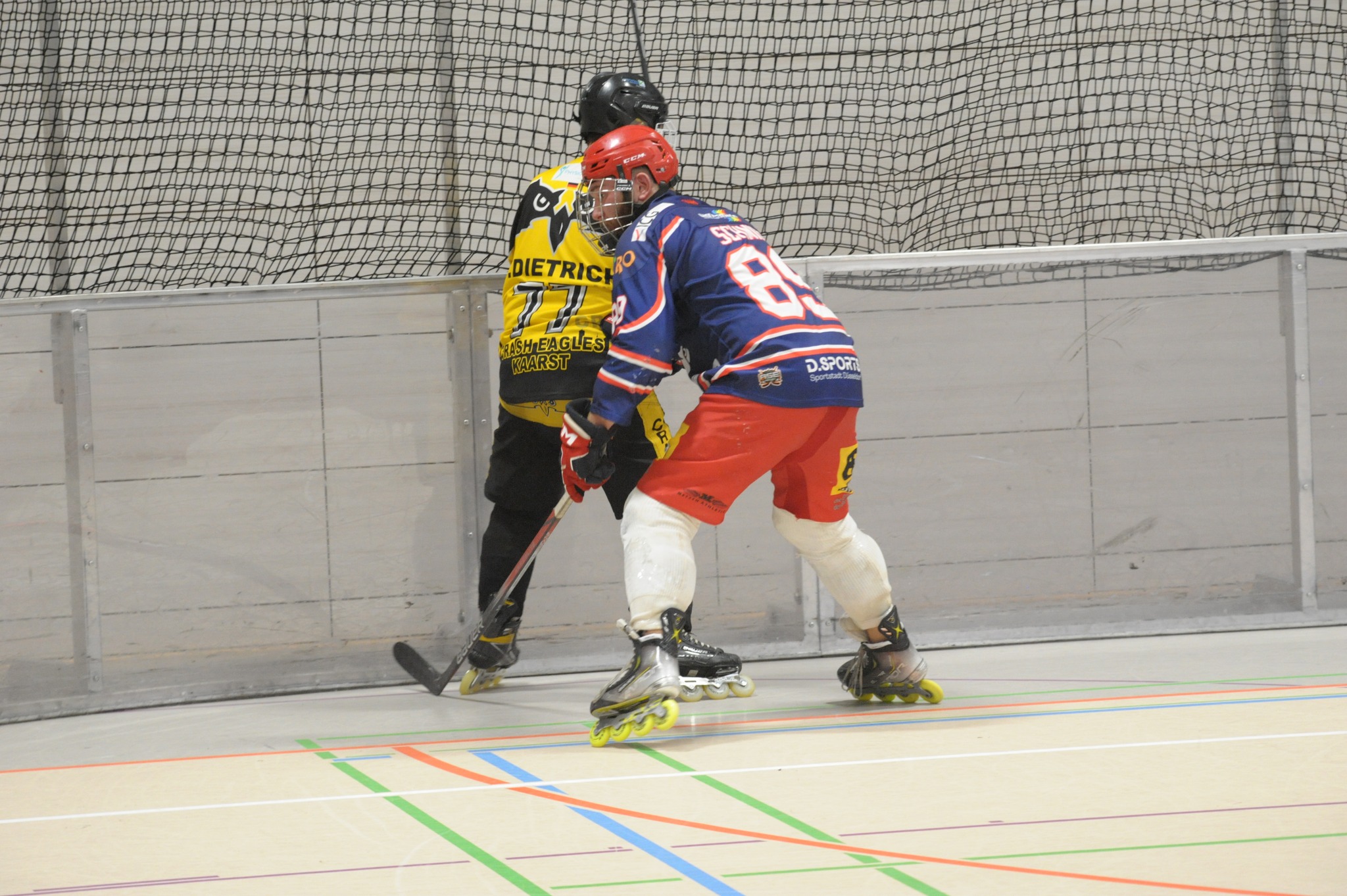
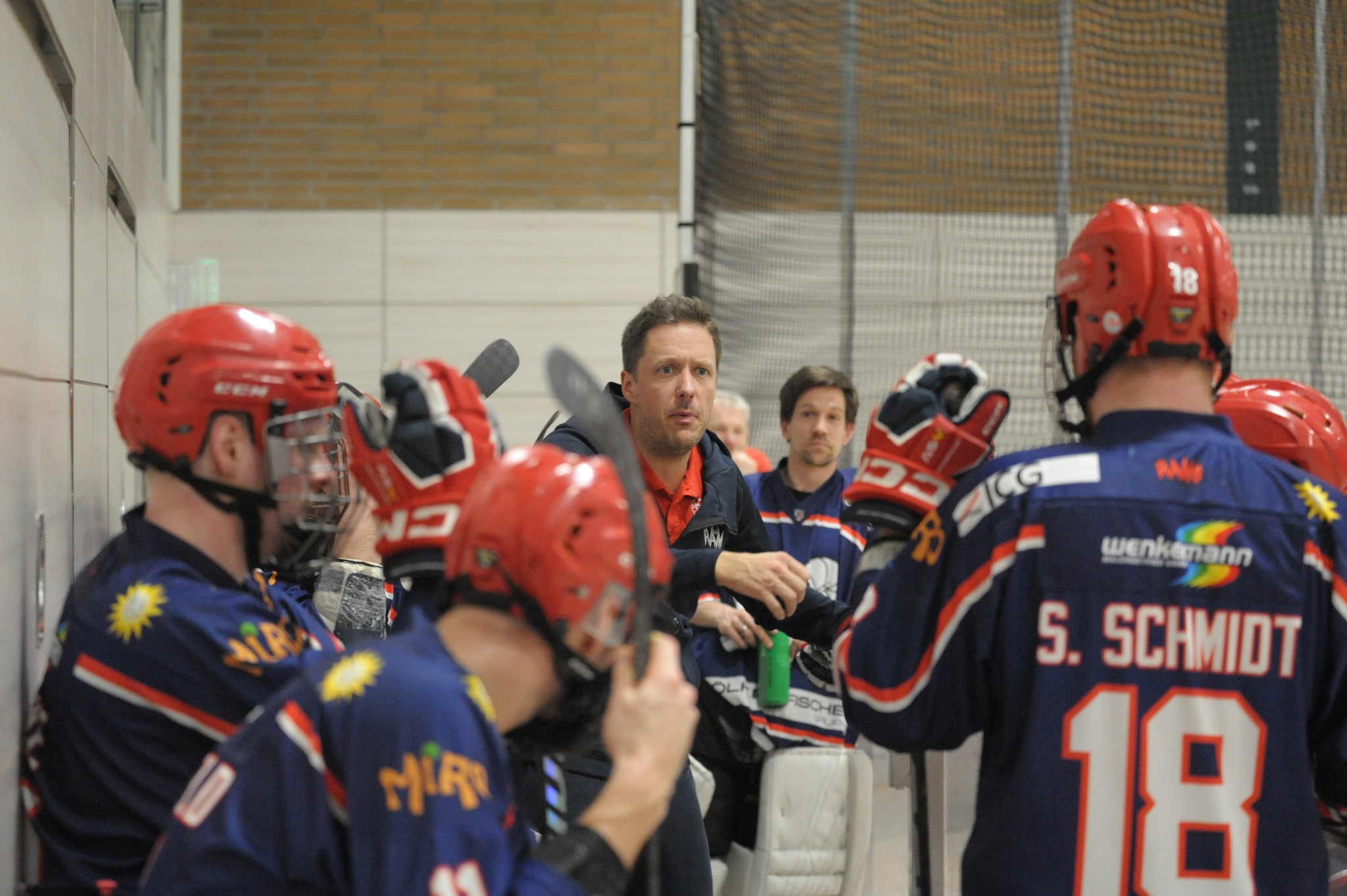
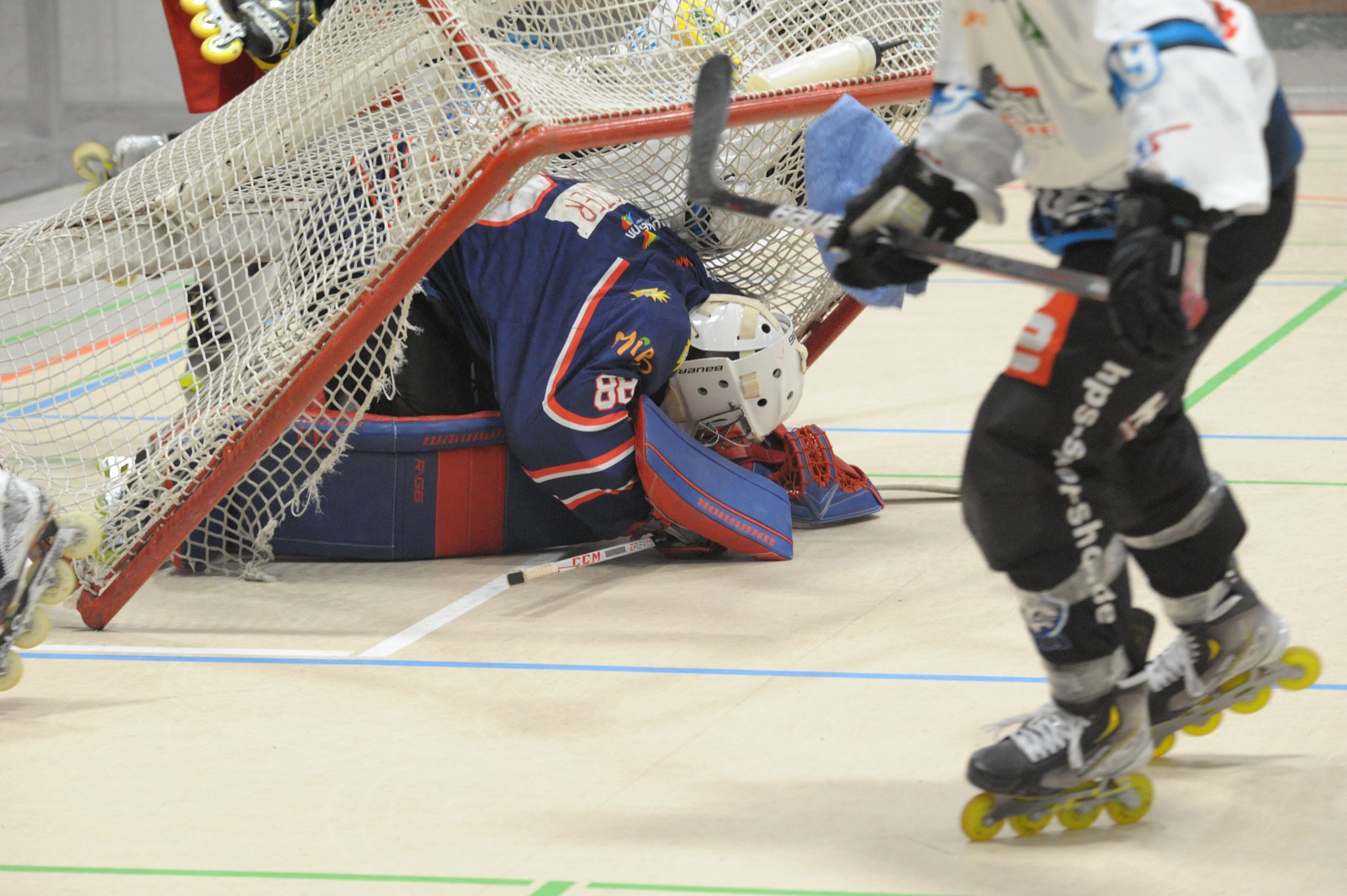

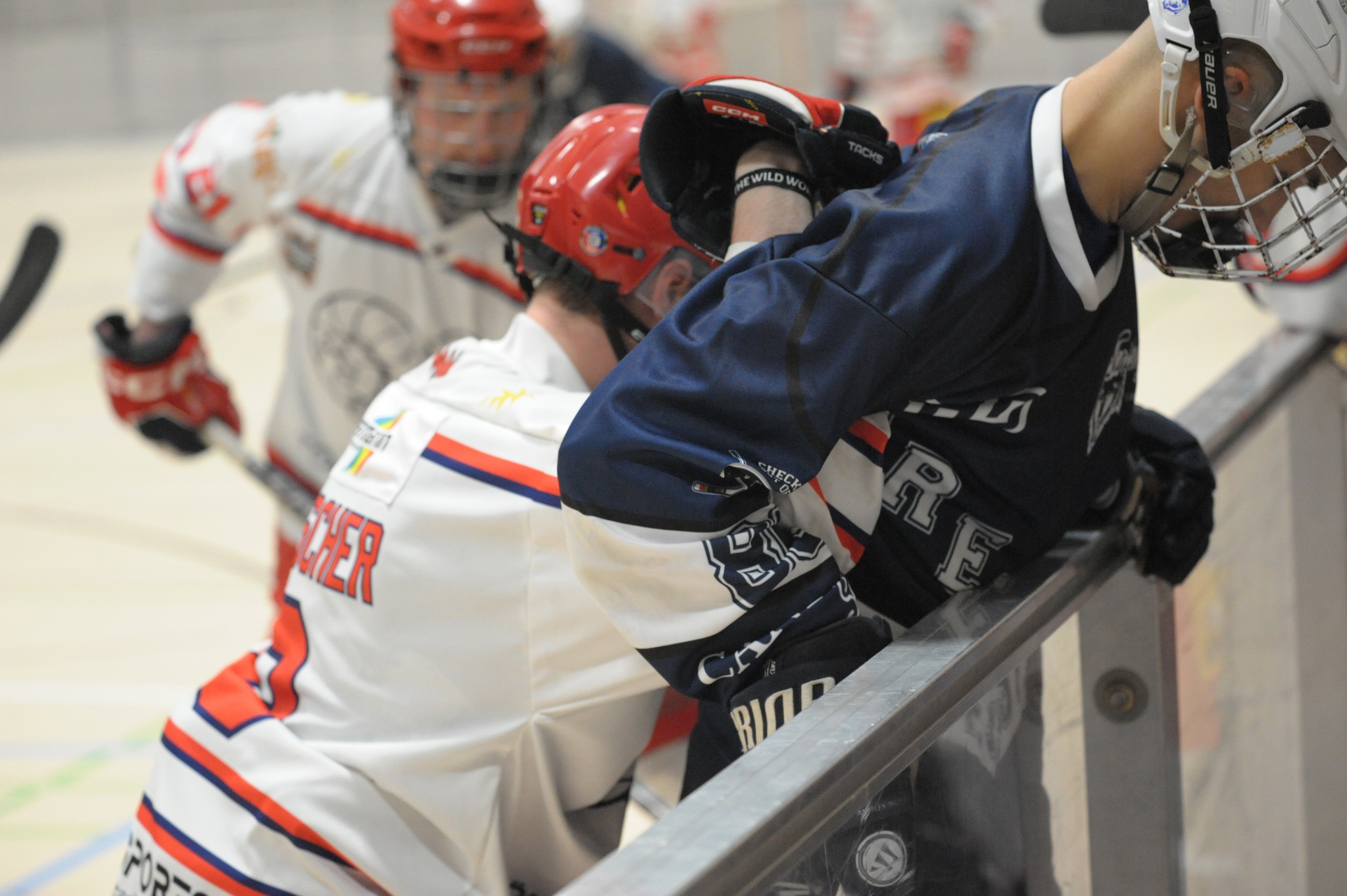
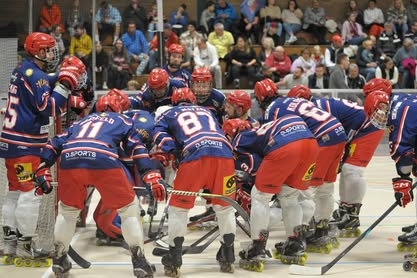
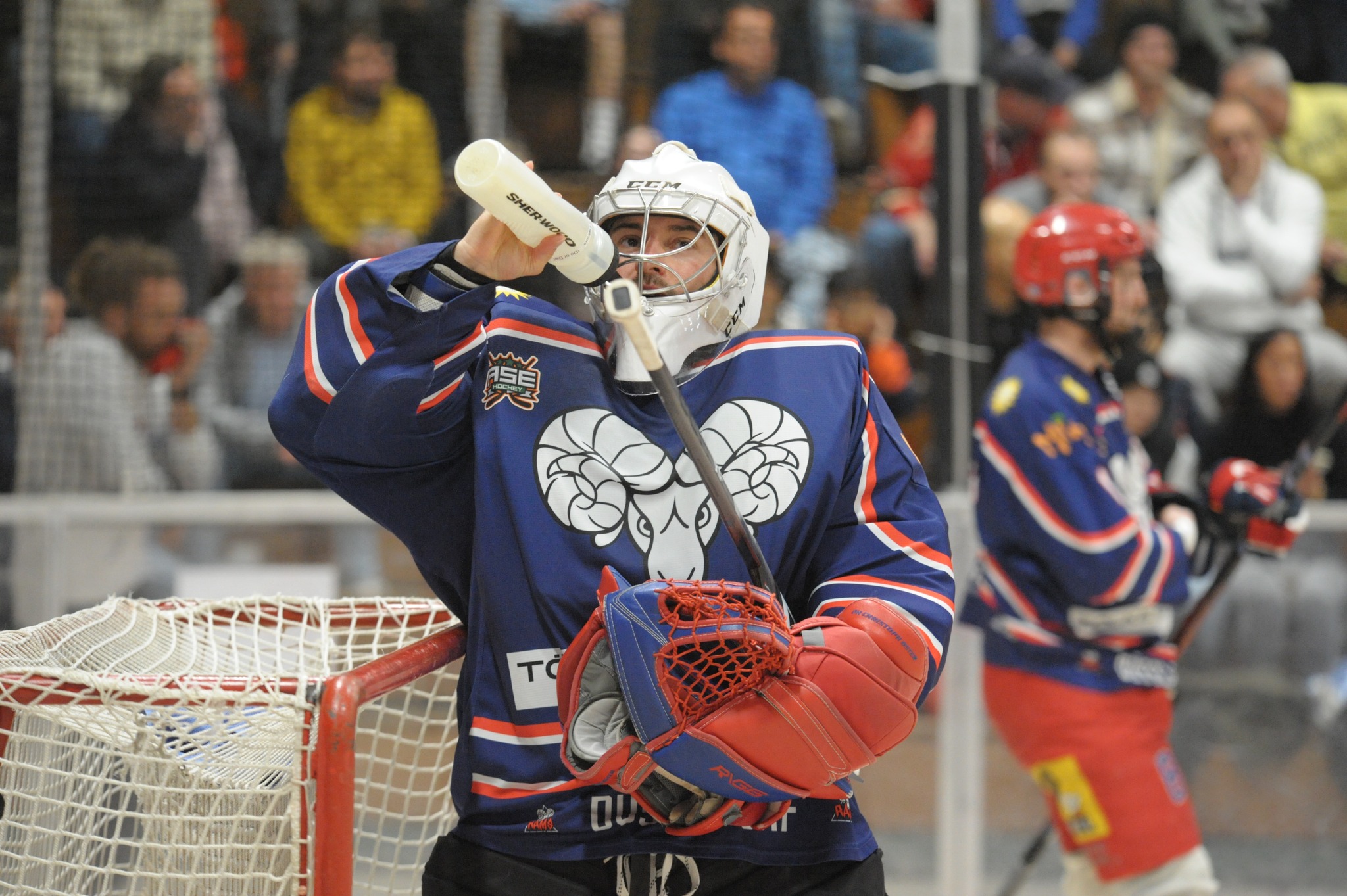
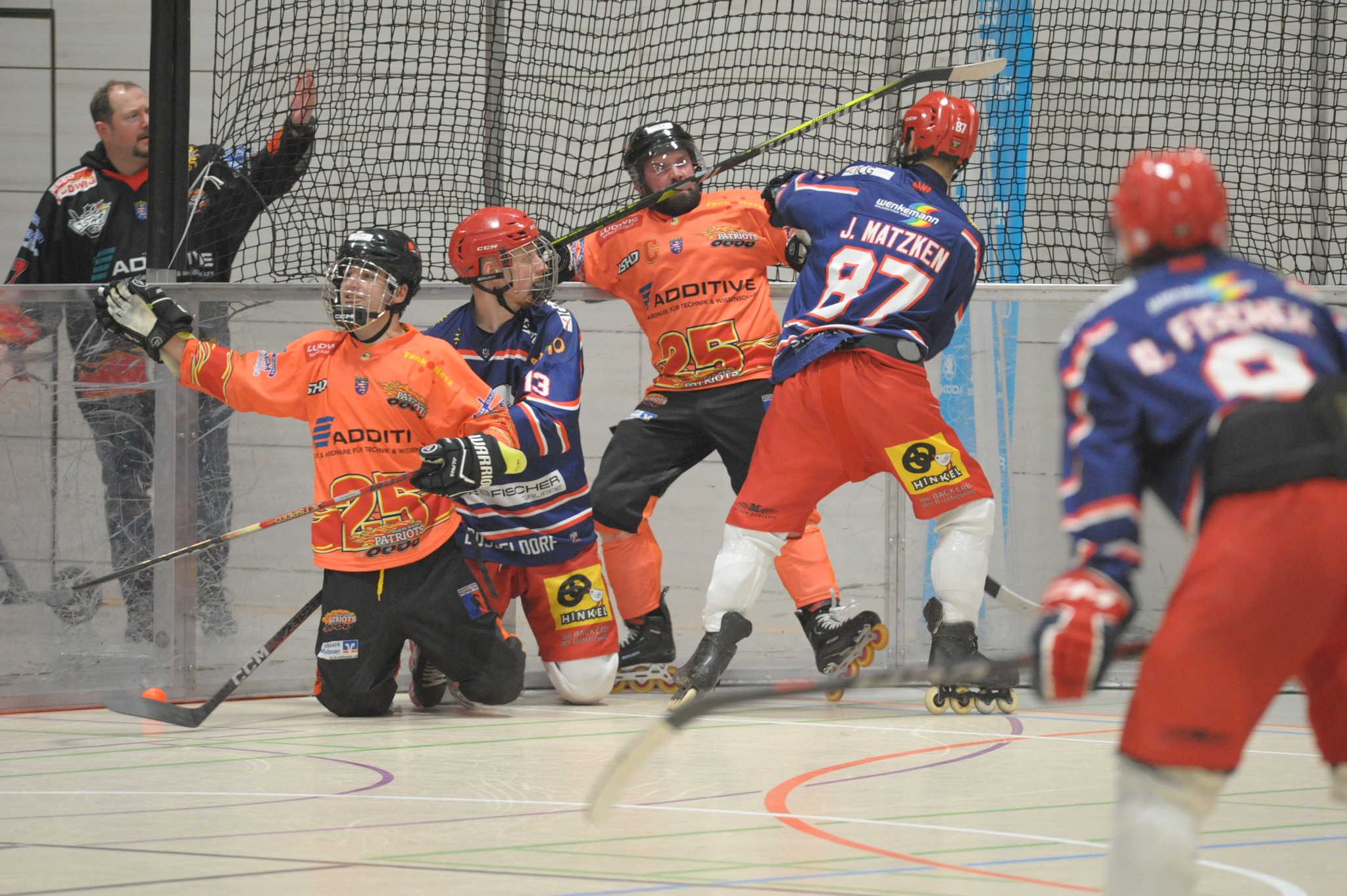
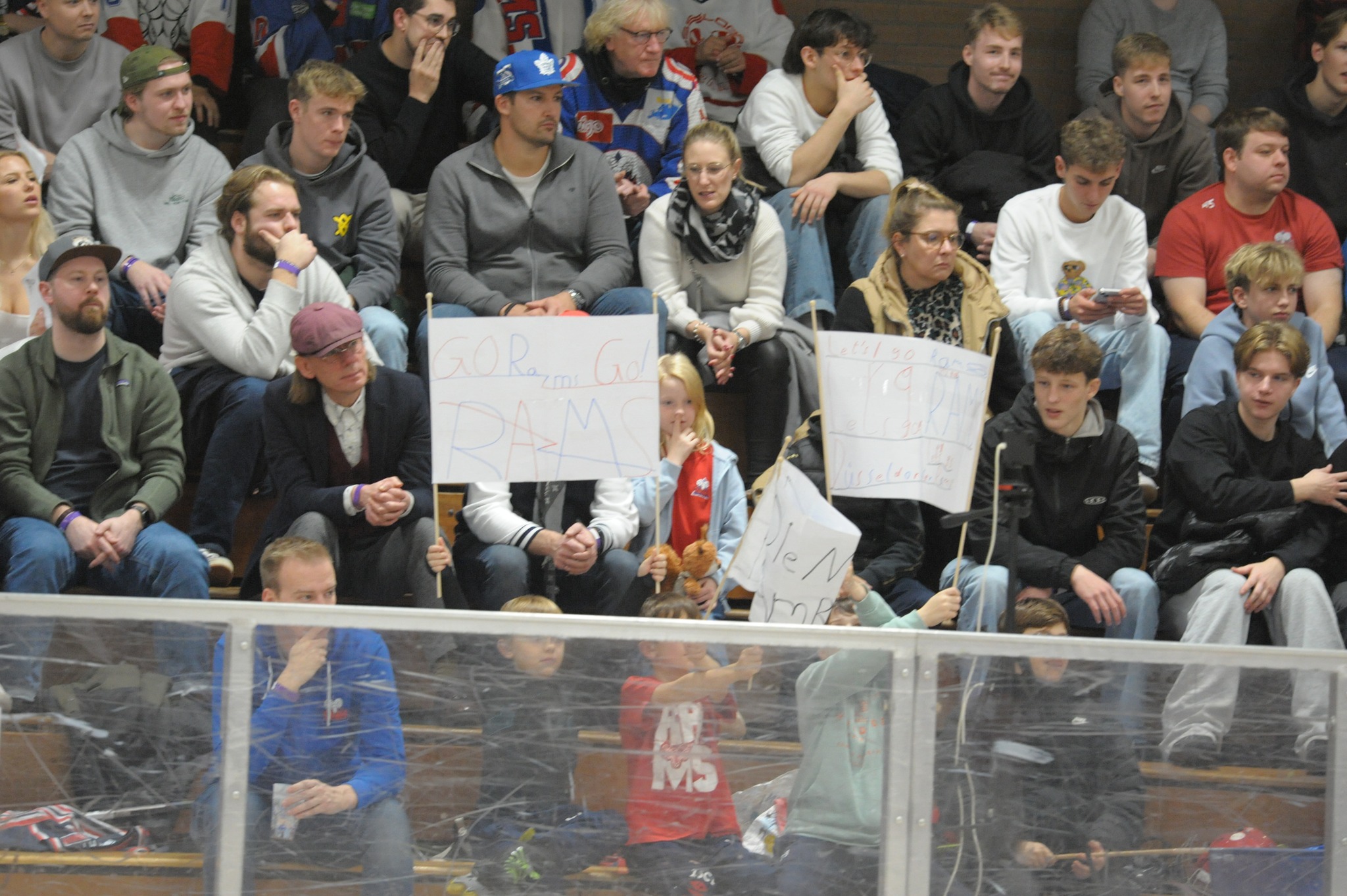
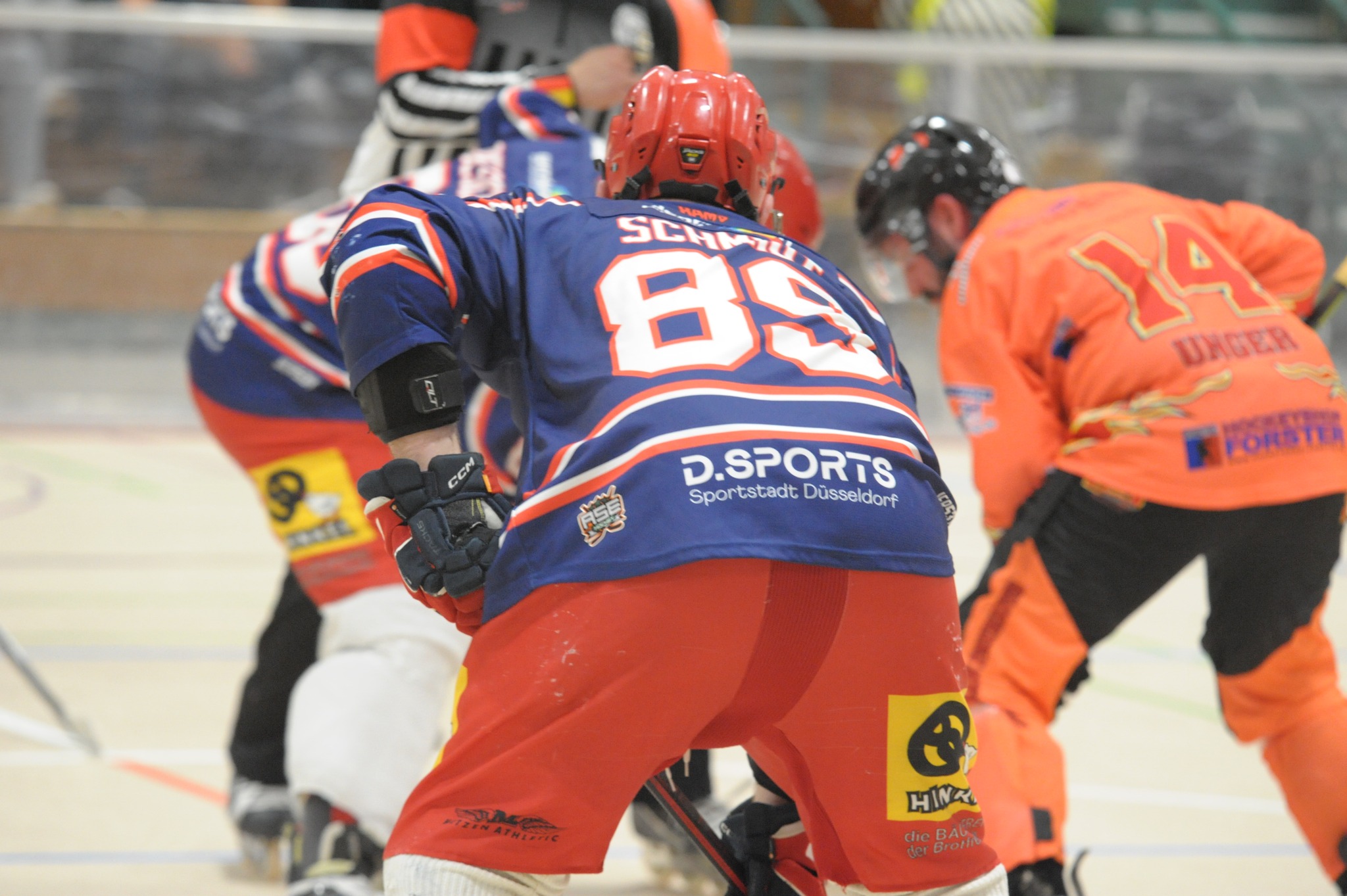
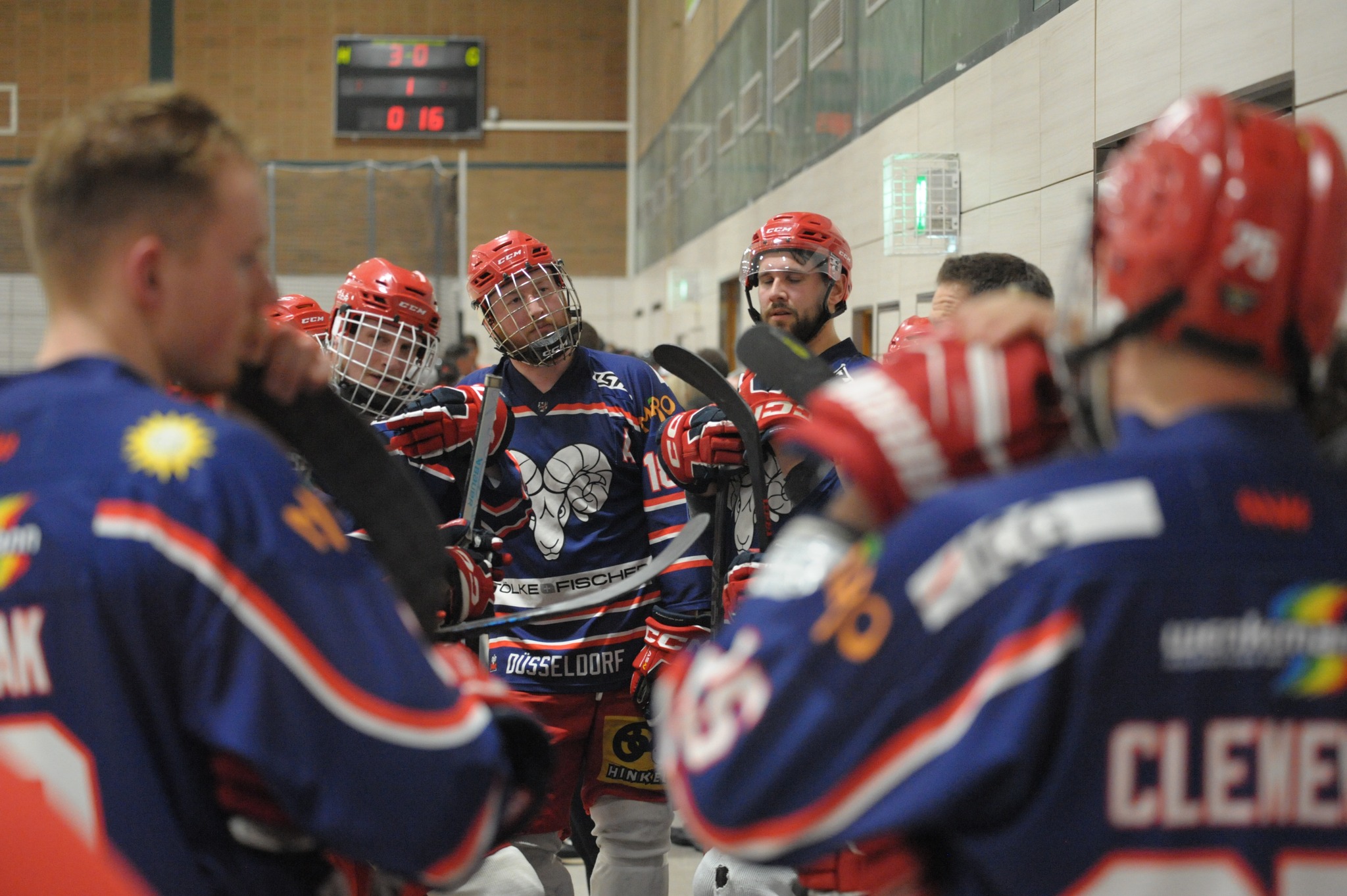
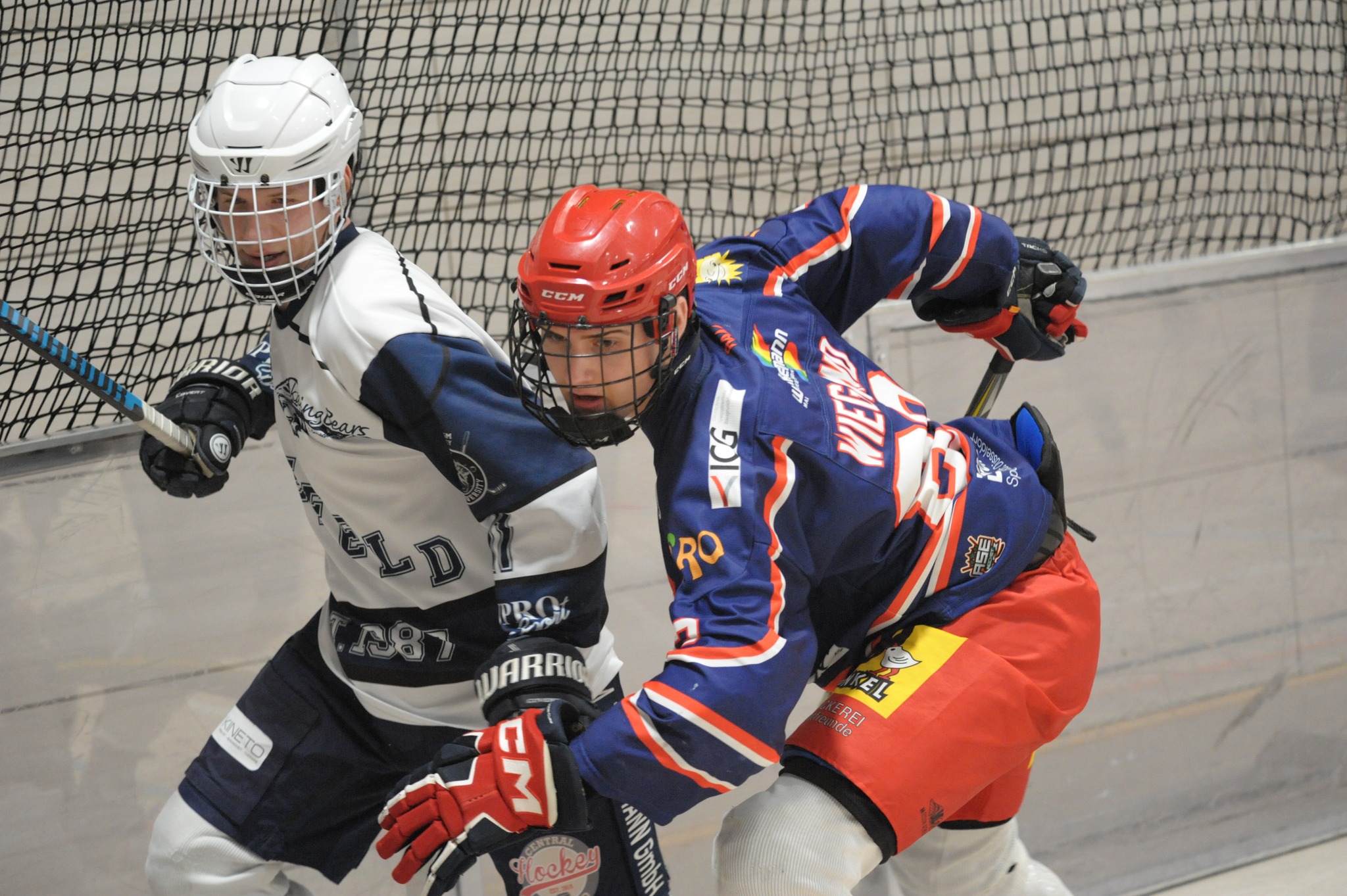
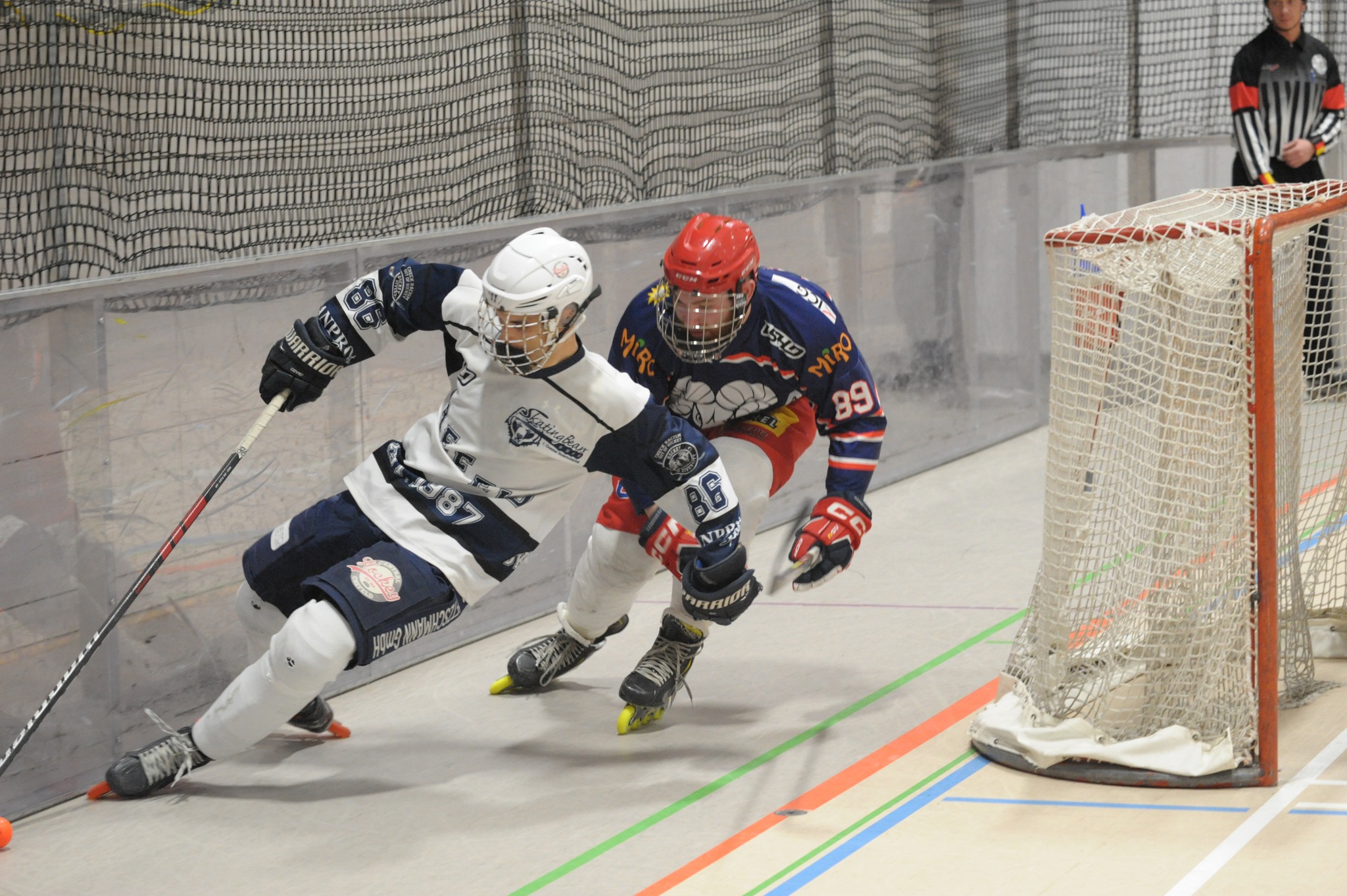
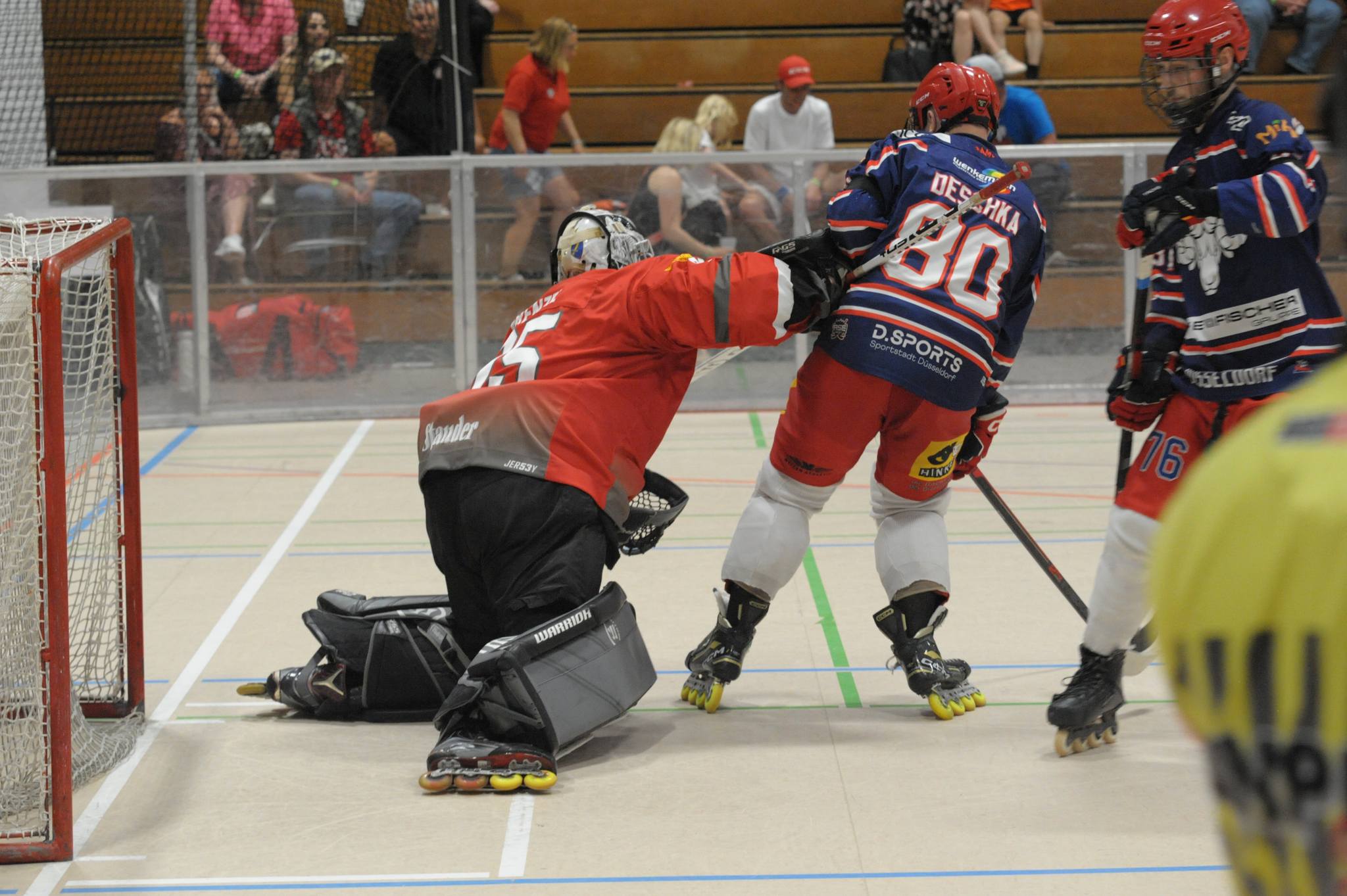

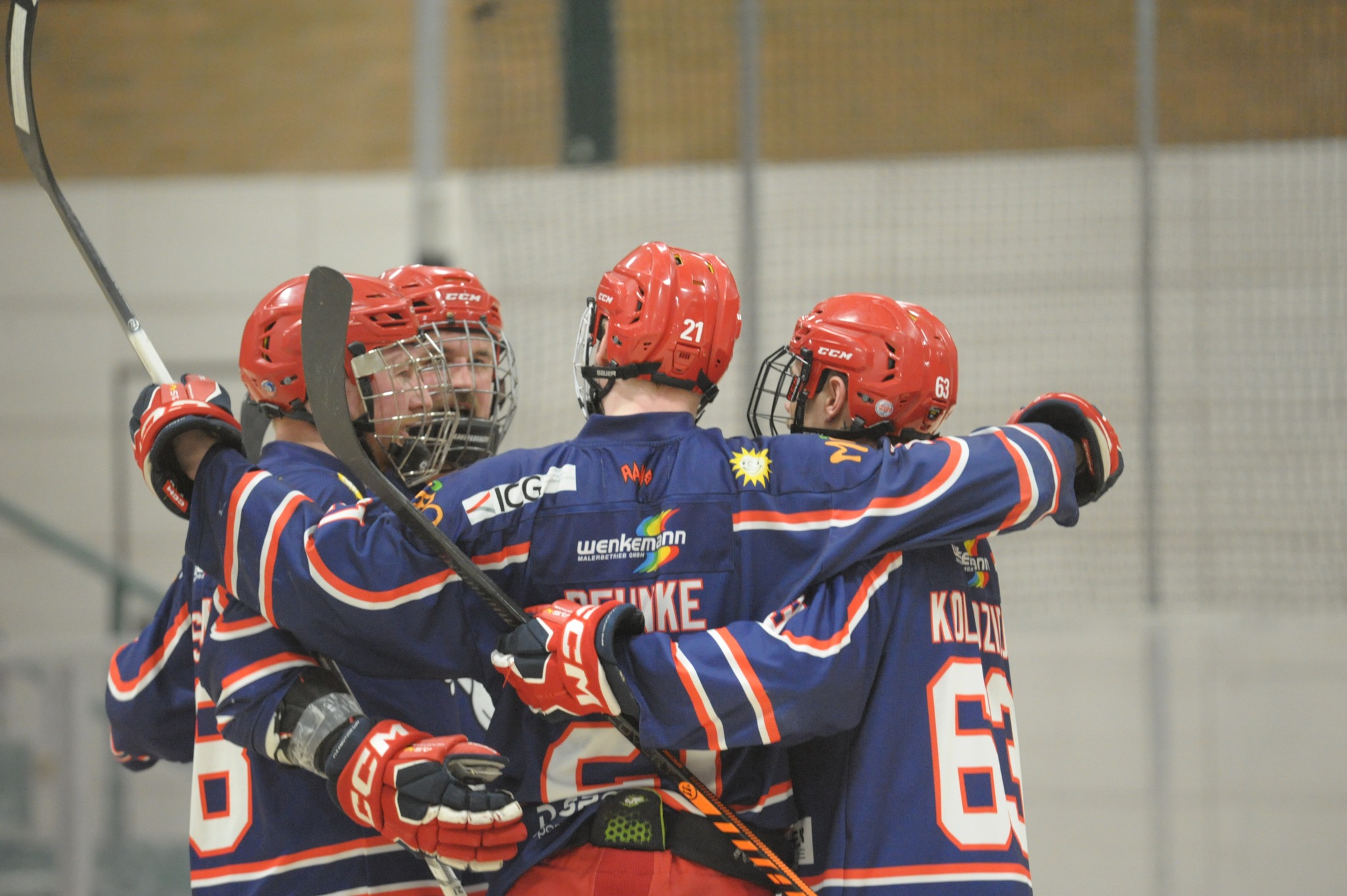
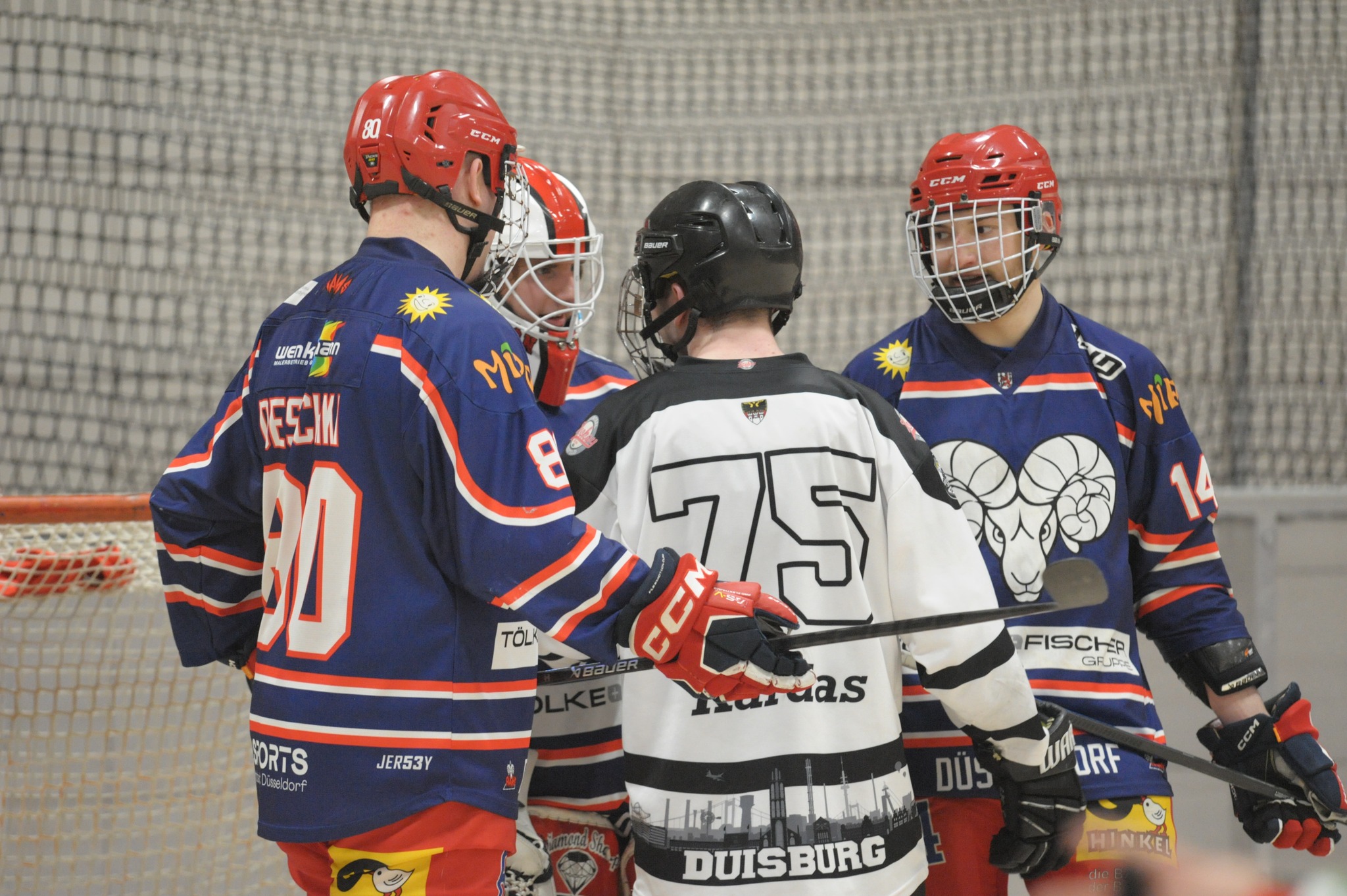
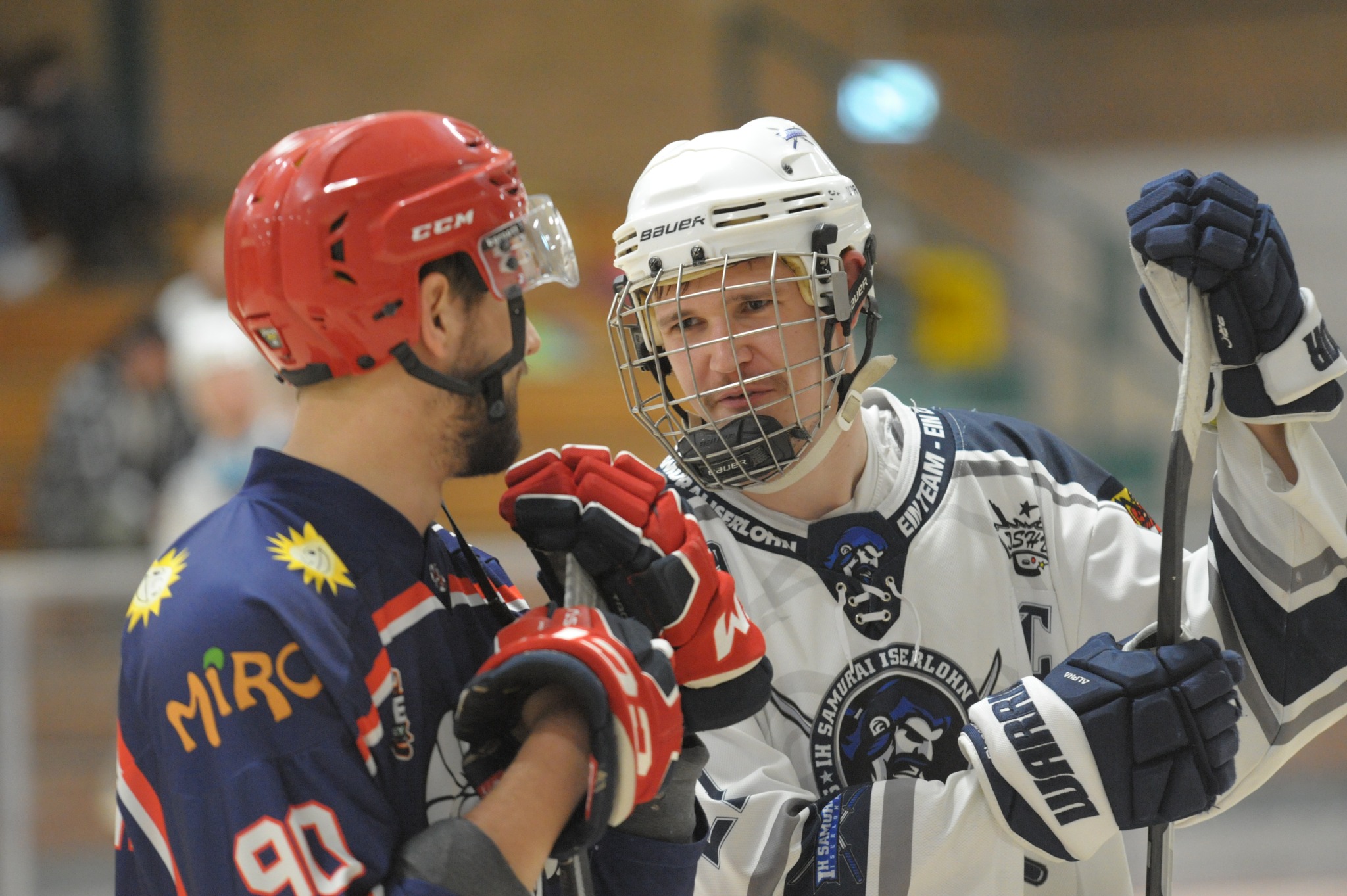
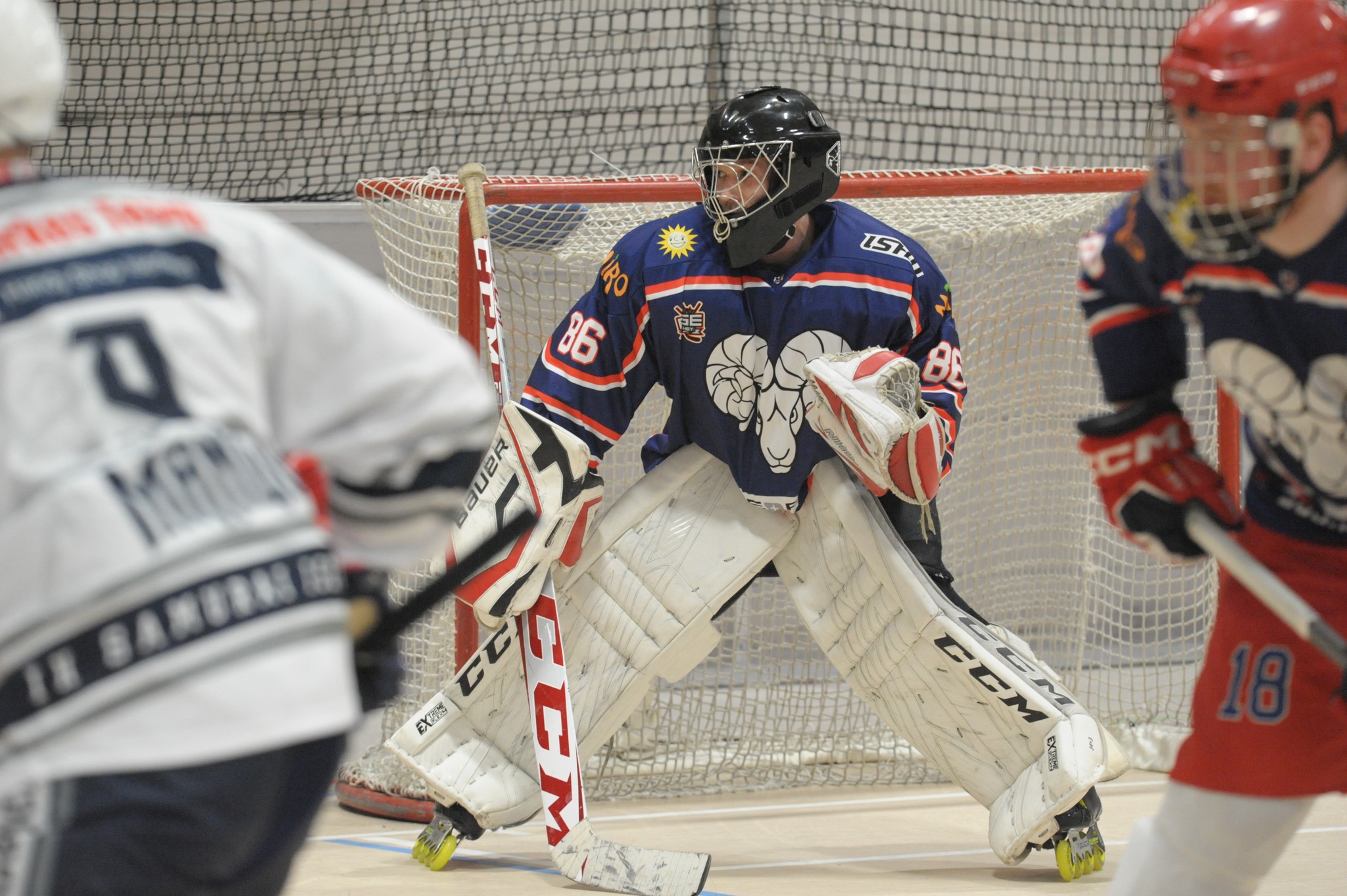
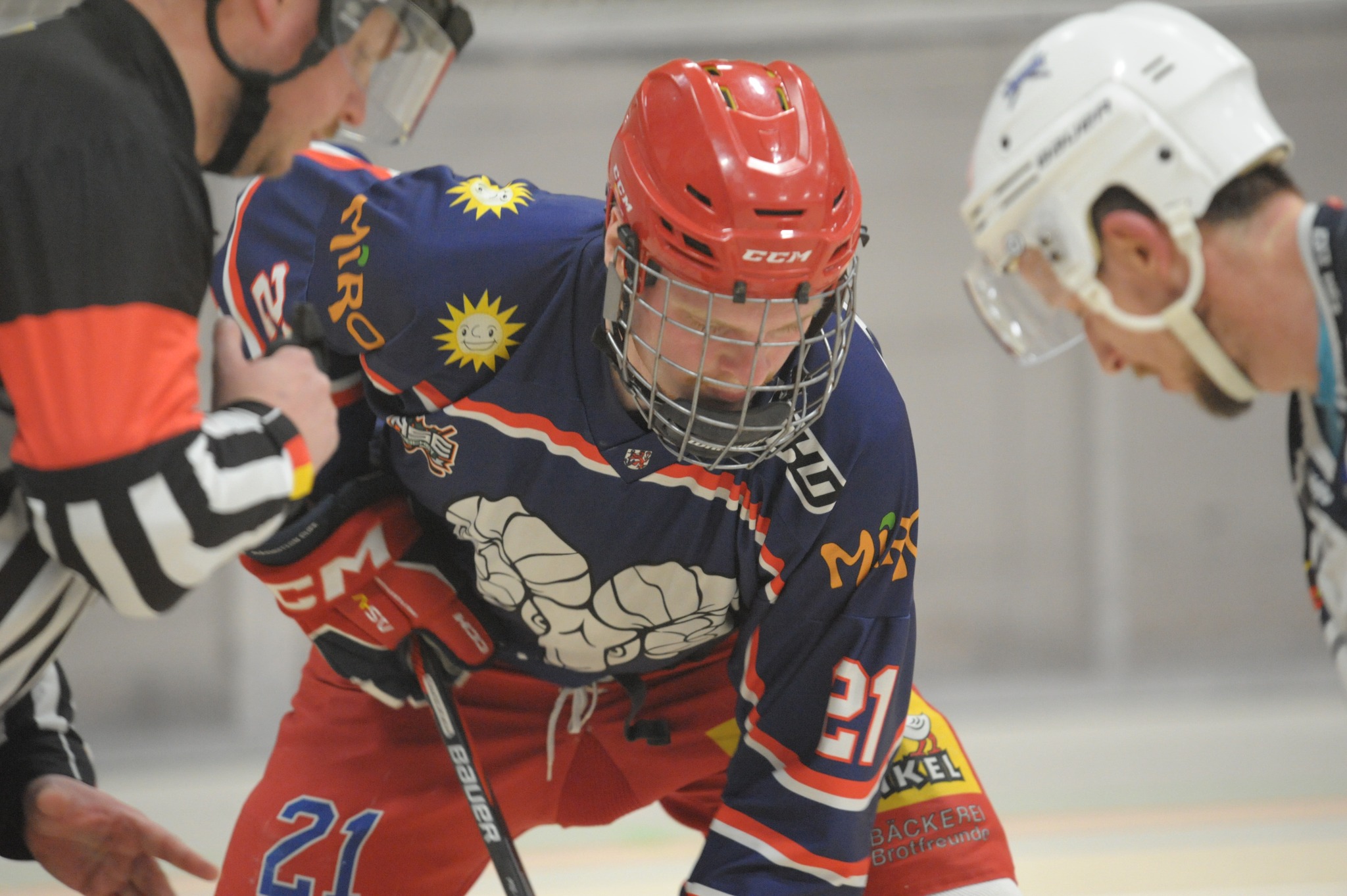
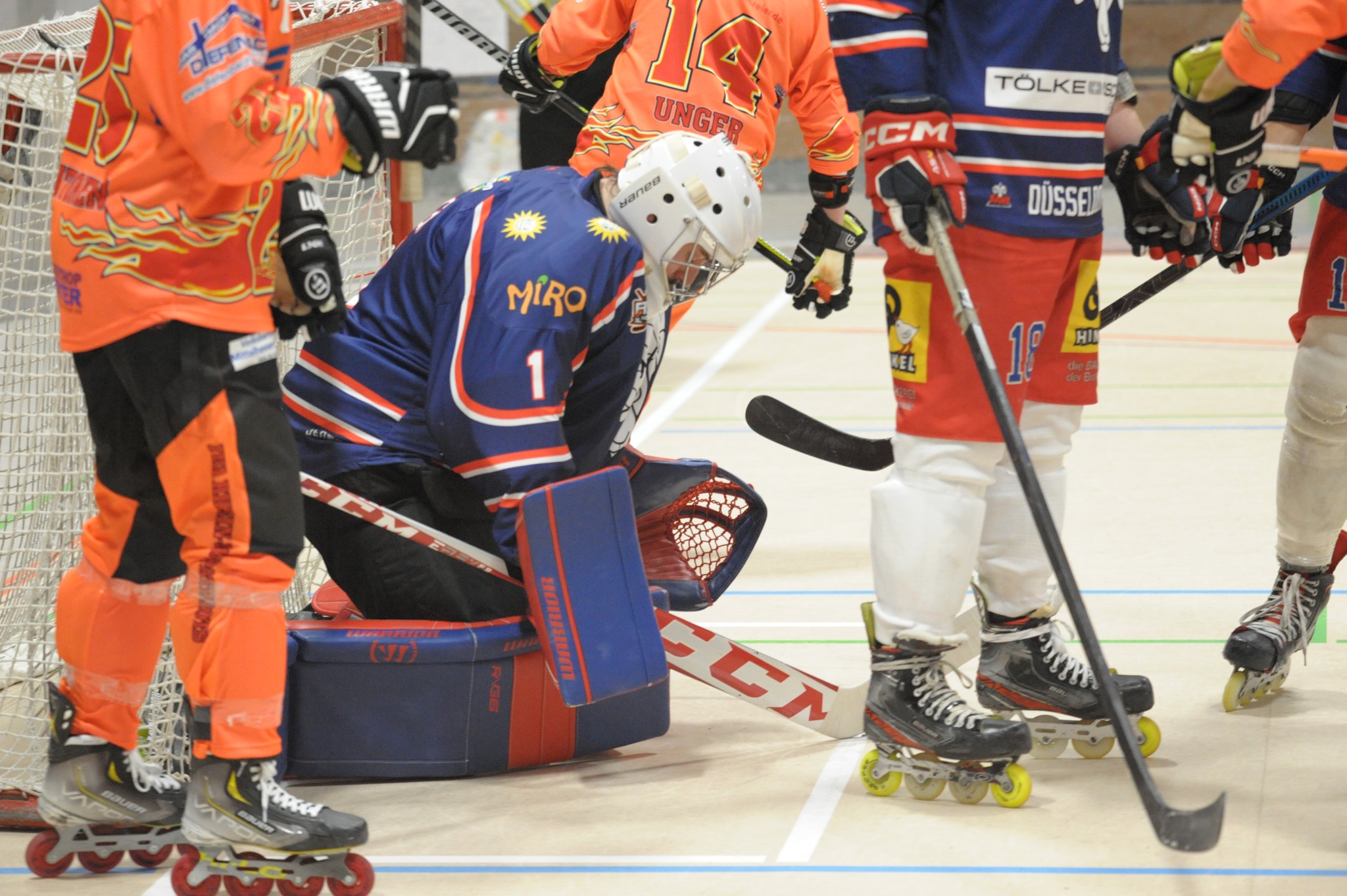
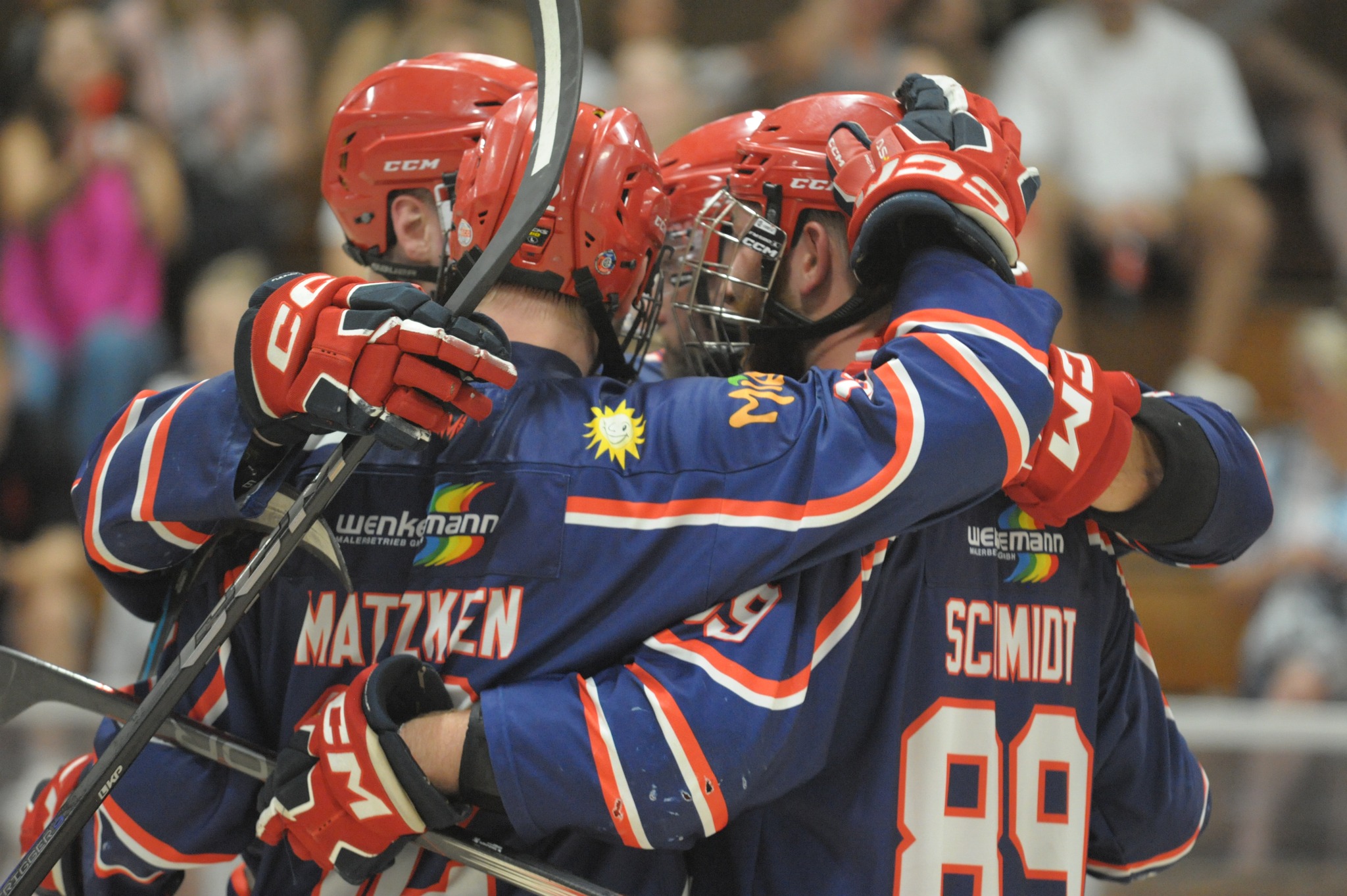
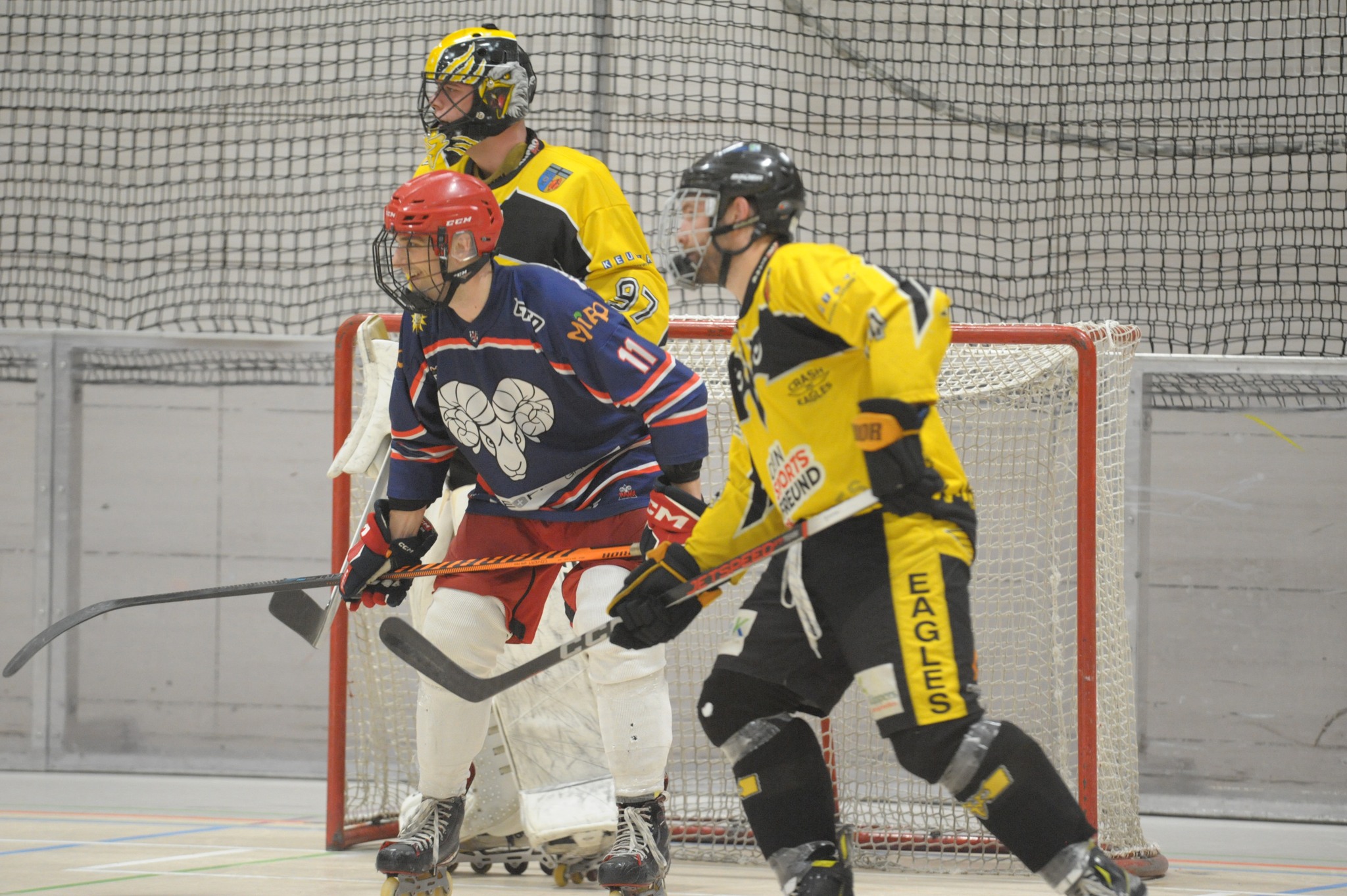


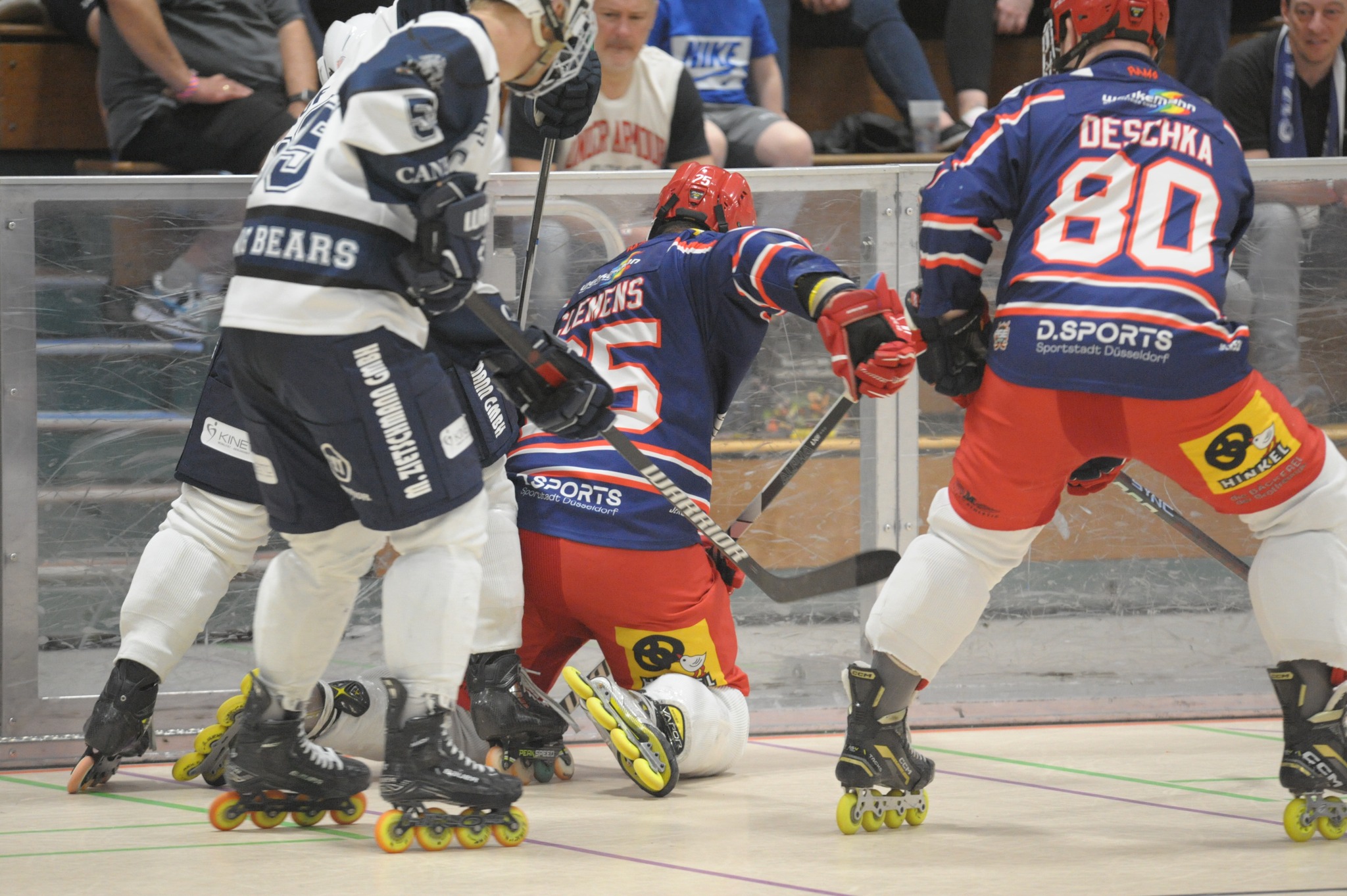
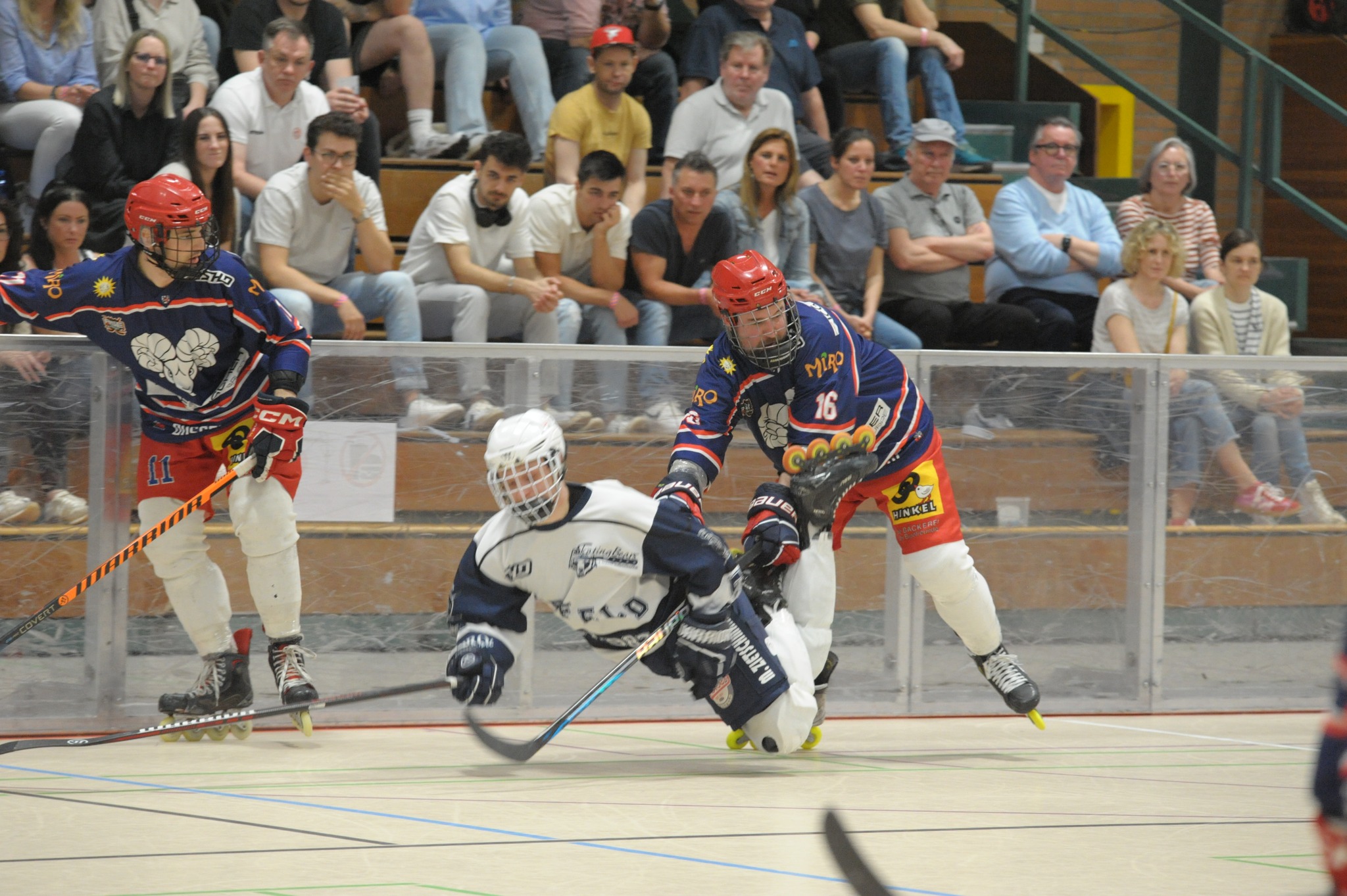
.png)
.png)
